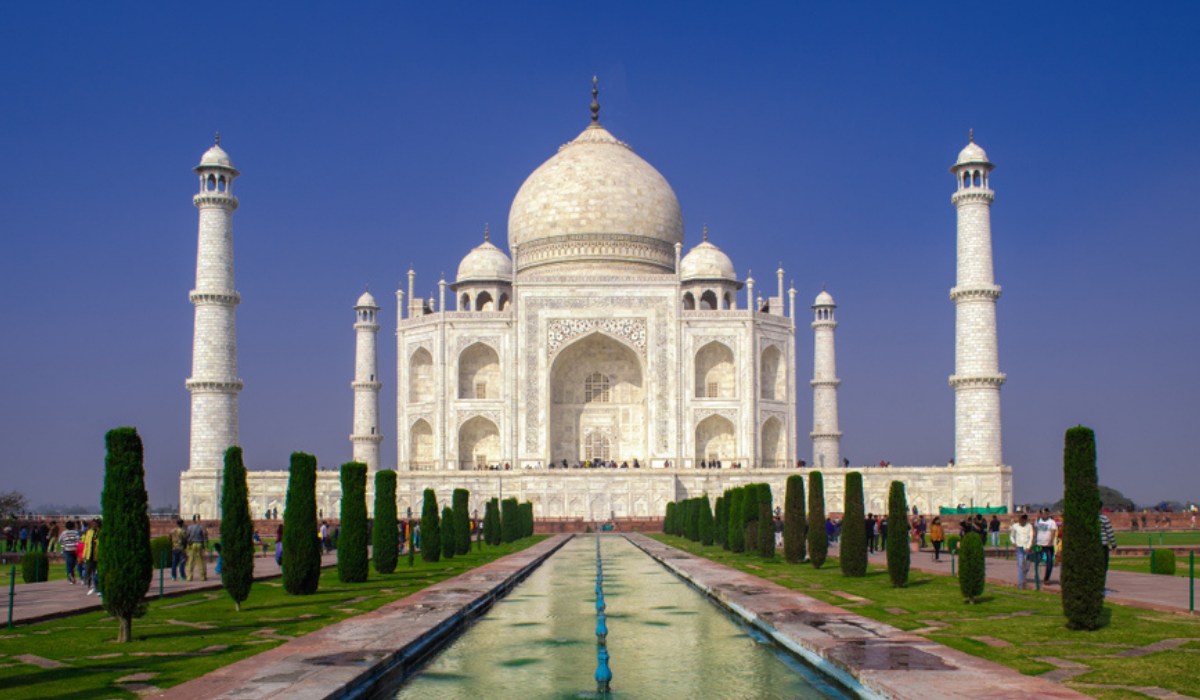
- 7 Nights / 8 Days
- 4 Star
- Air-conditioned vehicle
- Fast Pace
- Private Tour
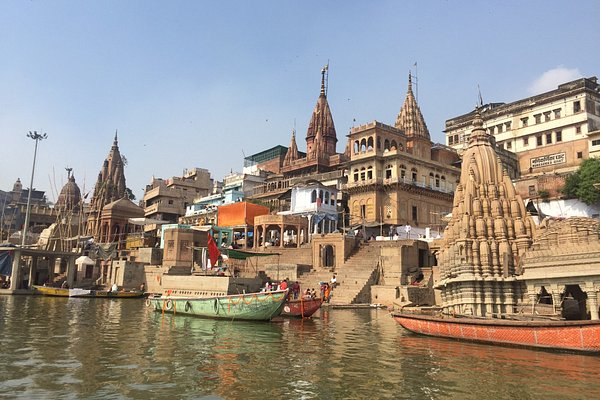
- 9 Nights / 10 Days
- 4 Star
- Air-conditioned vehicle
- Fast Pace
- Private Tour
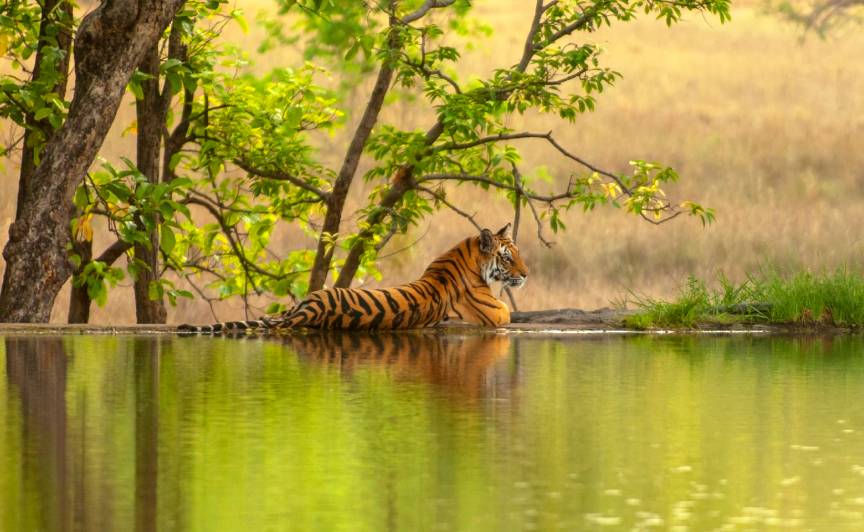
- 9 Nights / 10 Days
- 4 Star
- Air-conditioned vehicle
- Fast Pace
- Private Tour
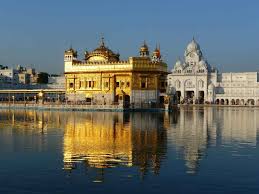
- 9 Nights / 10 Days
- 4 Star/3 Star
- Air-conditioned vehicle
- Fast Pace
- Private Tour
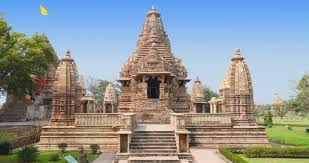
- 10 Nights / 11 Days
- 4 Star
- Air-conditioned vehicle
- Fast Pace
- Private Tour
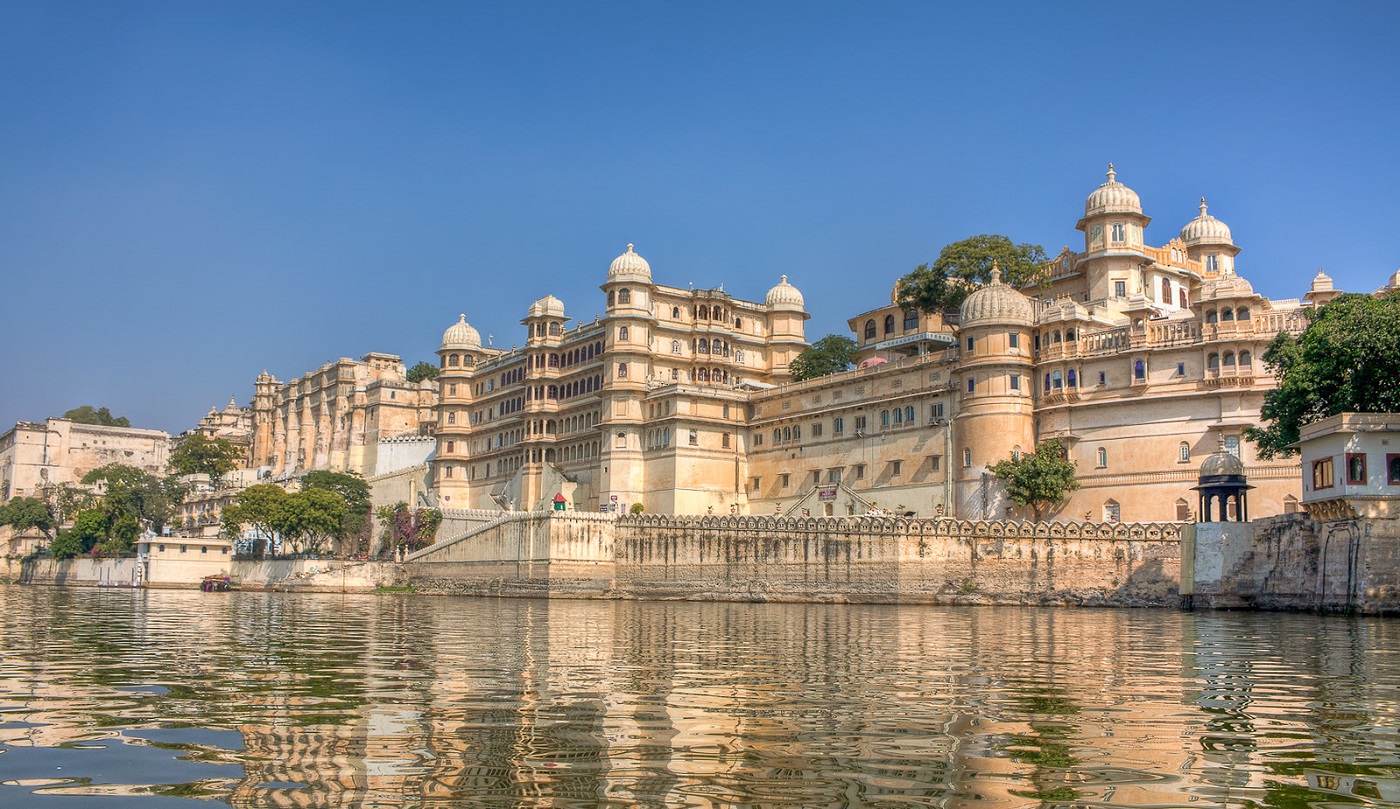
- 13 Nights / 14 Days
- 4 Star
- Air-conditioned vehicle
- Fast Pace
- Private Tour
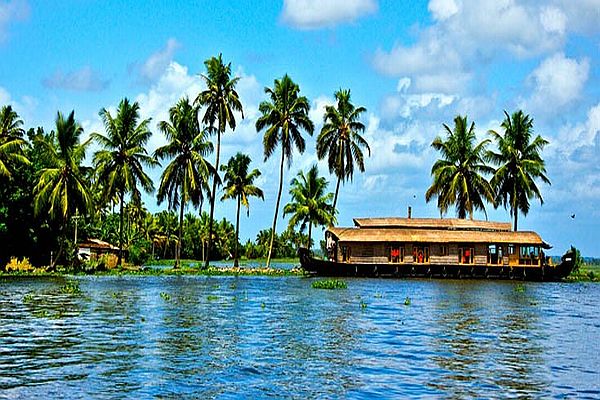
- 7 Nights / 8 Days
- 3 Star/4 Star/Boutique
- Air-conditioned vehicle
- Fast Pace
- Private Tour
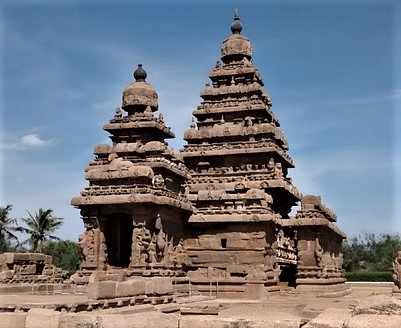
- 11 Nights / 12 Days
- 3 Star/Boutique
- Air-conditioned vehicle
- Fast Pace
- Private Tour
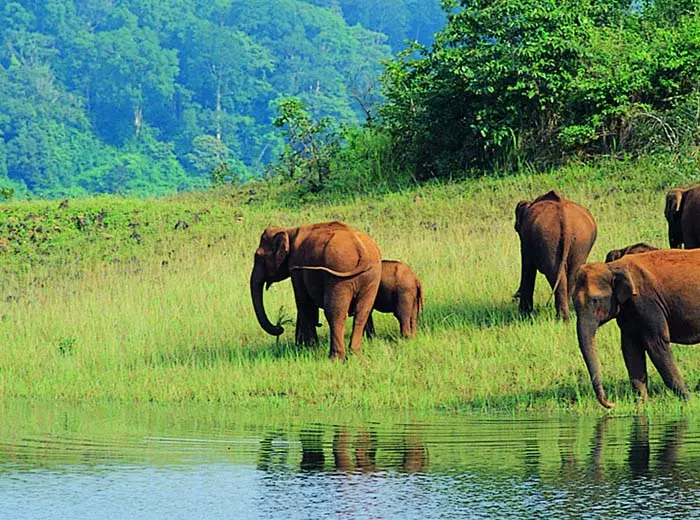
- 13 Nights / 14 Days
- 3 Star/4 Star/Boutique
- Air-conditioned vehicle
- Moderate Pace
- Private Tour
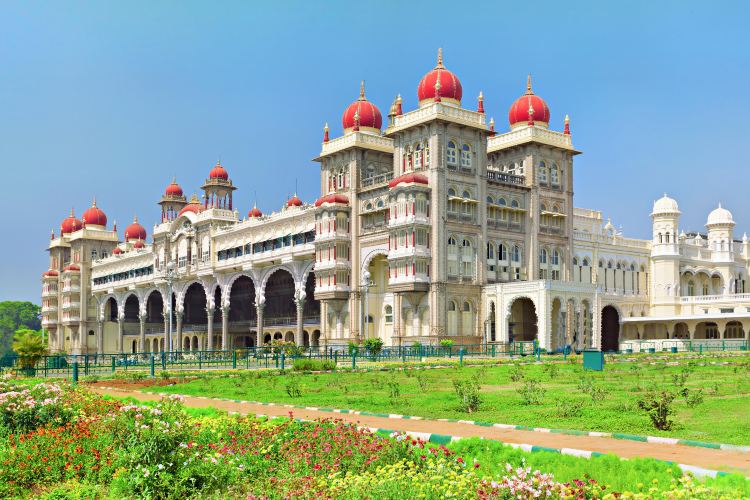
- 17 Nights / 18 Days
- 3 Star/4 Star/Boutique
- Air-conditioned vehicle
- Fast Pace
- Private Tour

- 28 Nights / 29 Days
- 3 Star/4 Star/Boutique
- Air-conditioned vehicle
- Moderate Pace
- Private Tour
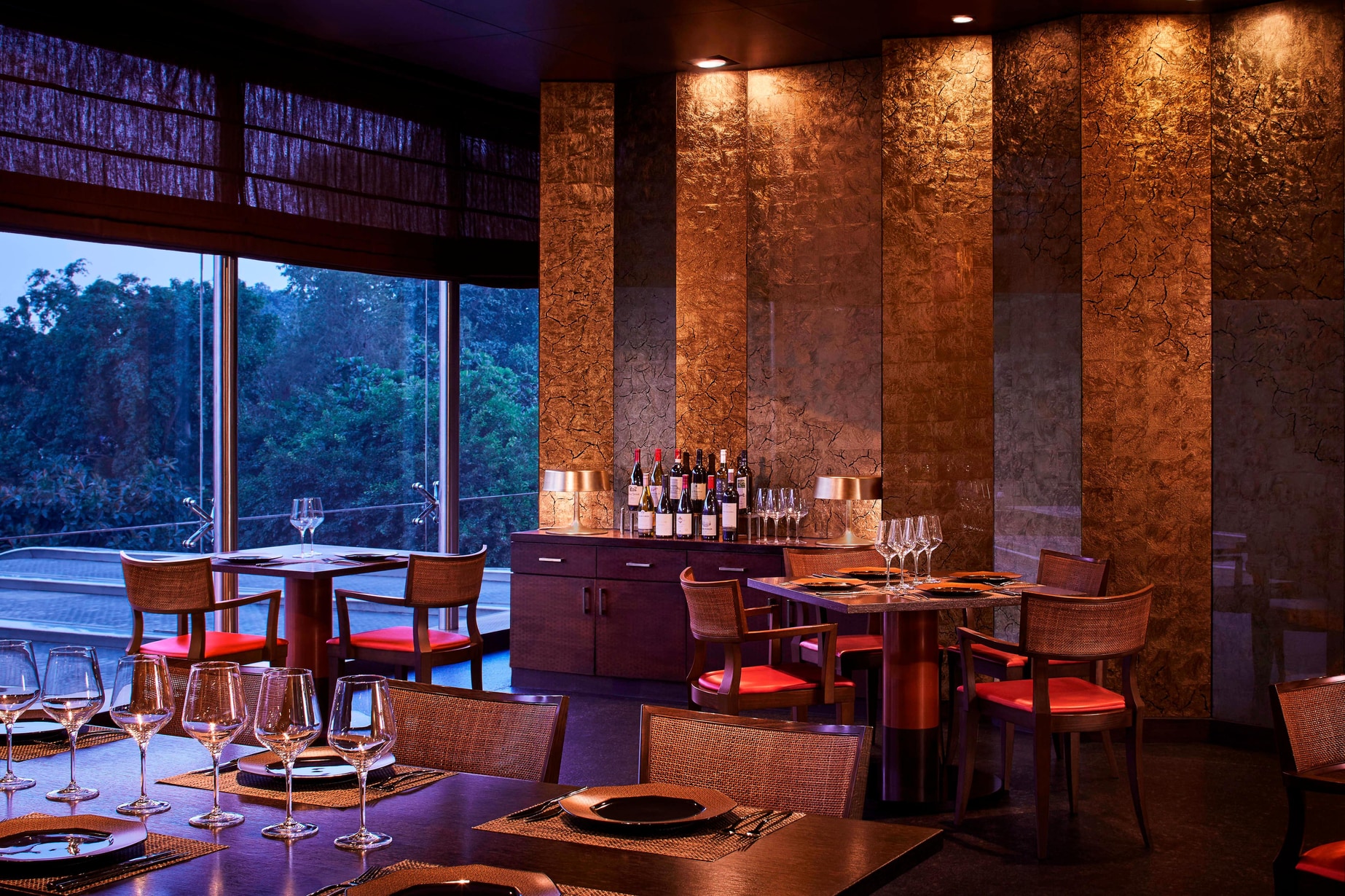
- 7 Nights / 8 Days
- 5 Star
- Air-conditioned vehicle
- Fast Pace
- Private Tour

- 9 Nights / 10 Days
- 5 Star
- Air-conditioned vehicle
- Fast Pace
- Private Tour
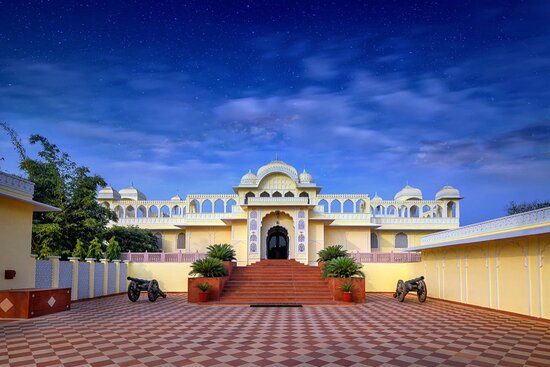
- 9 Nights / 10 Days
- 5 Star
- Air-conditioned vehicle
- Fast Pace
- Private Tour
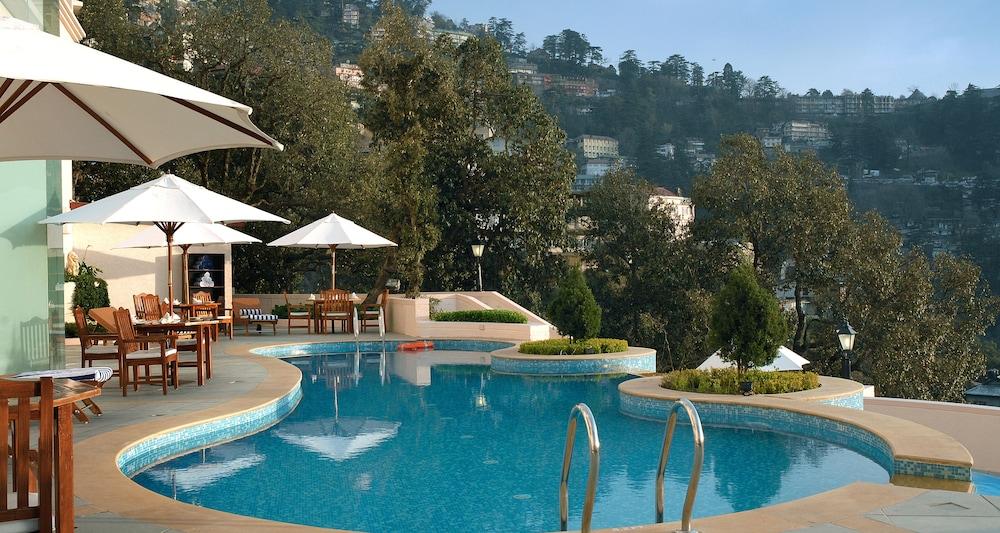
- 9 Nights / 10 Days
- 5 Star/3 Star
- Air-conditioned vehicle
- Fast Pace
- Private Tour
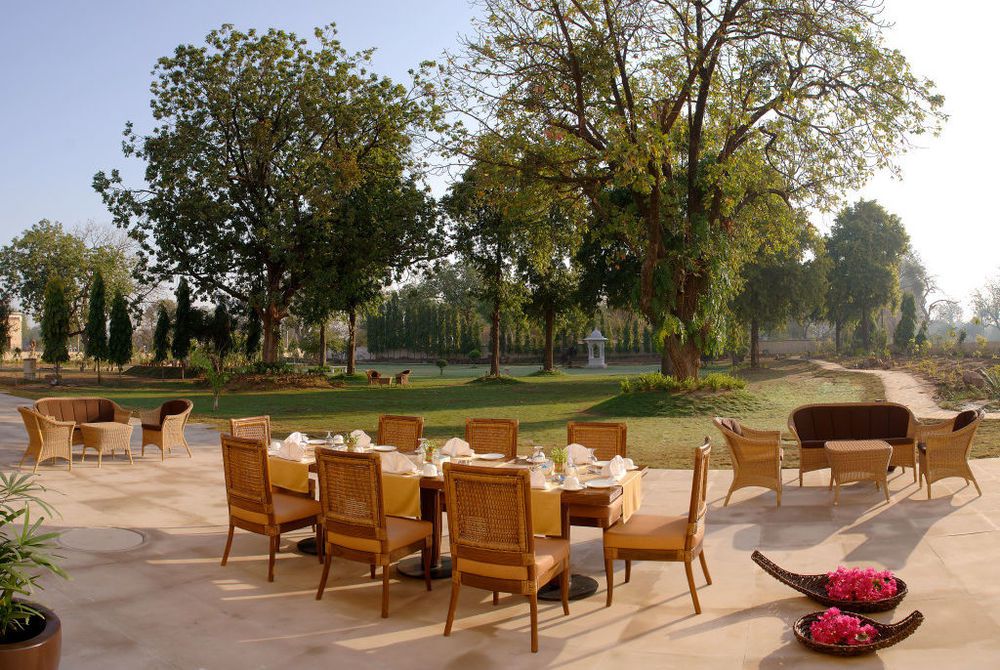
- 10 Nights / 11 Days
- 5 Star
- Air-conditioned vehicle
- Fast Pace
- Private Tour
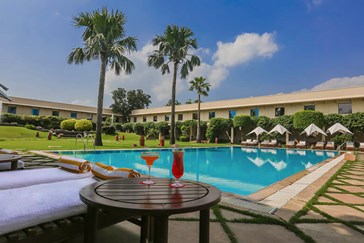
- 13 Nights / 14 Days
- 5 Star/4 star
- Air-conditioned vehicle
- Fast Pace
- Private Tour
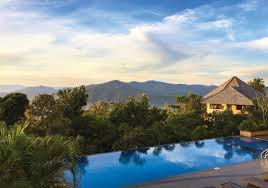
- 7 Nights / 8 Days
- 5 Star/4 Star
- Air-conditioned vehicle
- Fast Pace
- Private Tour
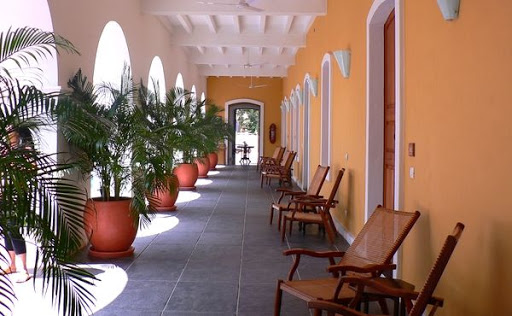
- 11 Nights / 12 Days
- 5 Star/4 Star/3 Star/Boutique
- Air-conditioned vehicle
- Fast Pace
- Private Tour

- 13 Nights / 14 Days
- 5 Star/4 Star/Boutique
- Air-conditioned vehicle
- Moderate Pace
- Private Tour
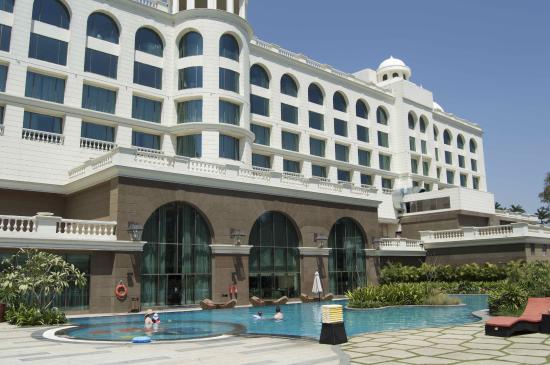
- 17 Nights / 18 Days
- 5 Star/4 Star/3 Star/Boutique
- Air-conditioned vehicle
- Fast Pace
- Private Tour
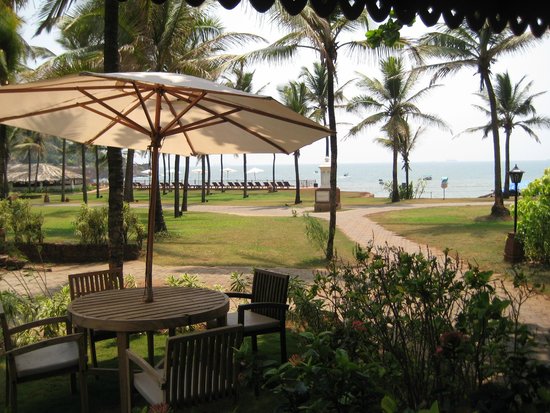
- 28 Nights / 29 Days
- 5 Star/4 Star/3 Star/Boutique
- Air-conditioned vehicle
- Moderate Pace
- Private Tour
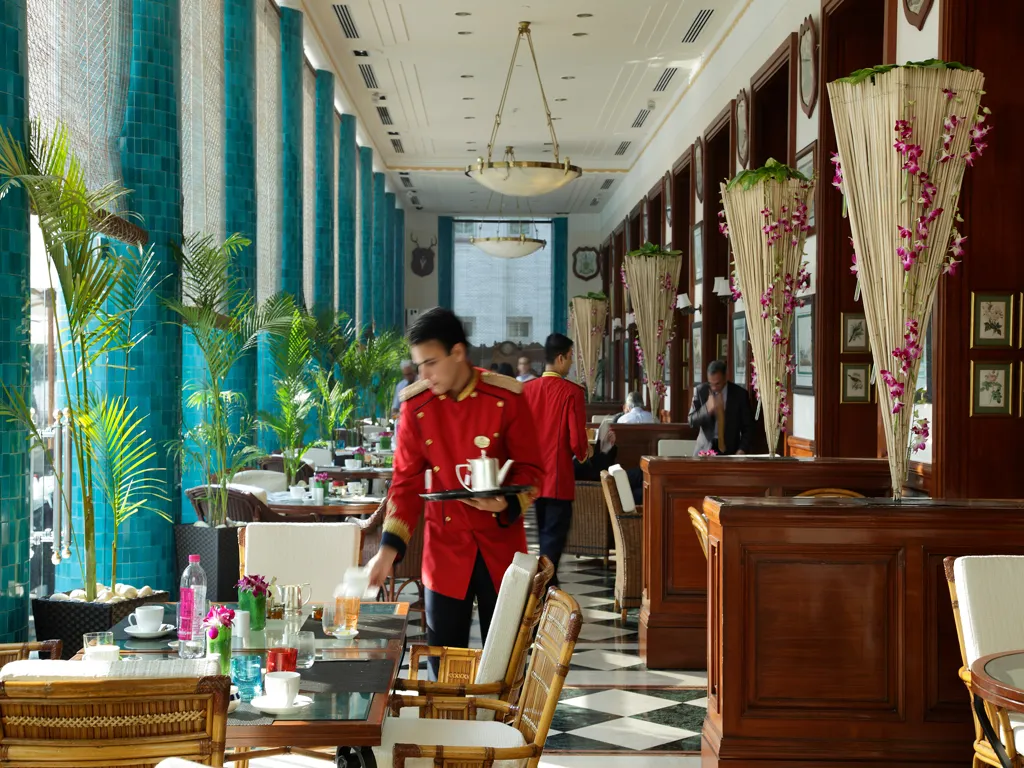
- 7 Nights / 8 Days
- 5 Star/Luxury Heritage
- Air-conditioned vehicle
- Fast Pace
- Private Tour
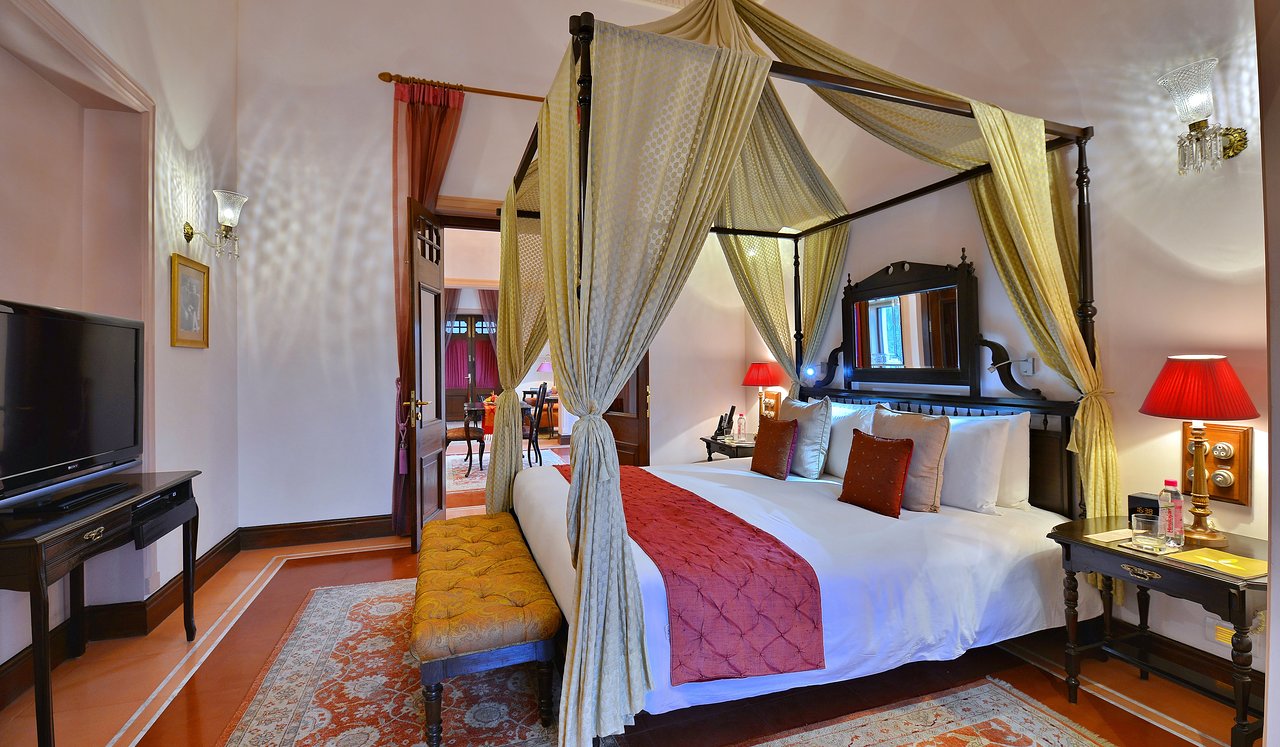
- 9 Nights / 10 Days
- 5 Star/Luxury Heritage
- Air-conditioned vehicle
- Fast Pace
- Private Tour
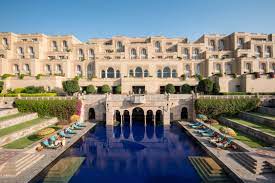
- 9 Nights / 10 Days
- 5 Star/Luxury Heritage
- Air-conditioned vehicle
- Fast Pace
- Private Tour
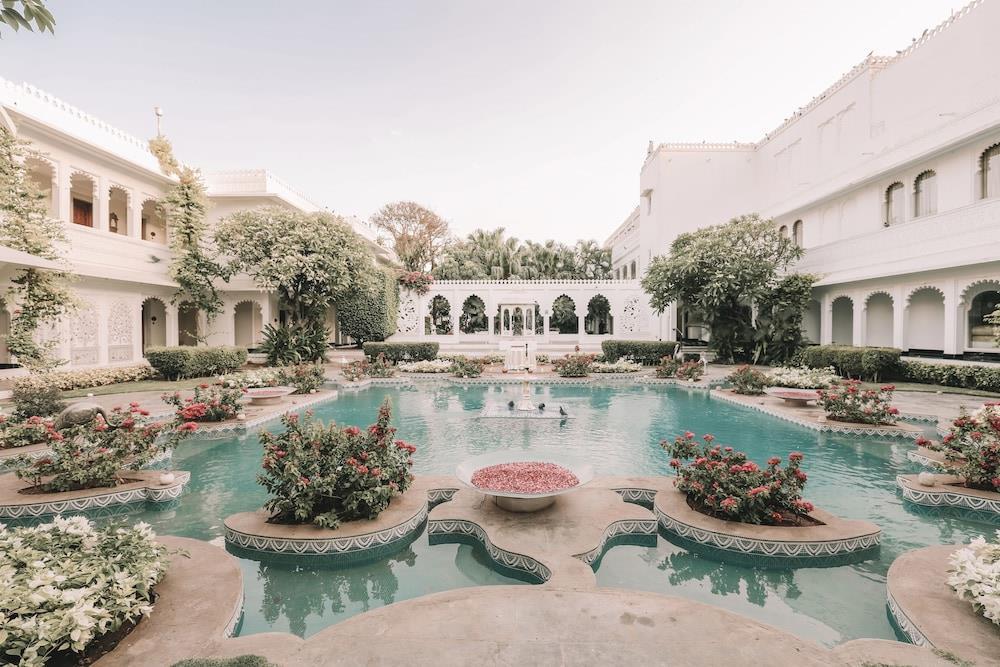
- 13 Nights / 14 Days
- 5 Star/Luxury Heritage/4 Star
- Air-conditioned vehicle
- Fast Pace
- Private Tour
India is a melting pot of cultures, temples, forts, palaces and monuments. The ancient structures of India are an engineering marvel. Whether it’s the Taj Mahal OR the Amber Fort, Ajanta Caves OR the Khajuraho Temples, this land is filled with amazing architecture and speckled with sacred temples.
The world renowned and famous Taj Mahal stands spectacle in white marble, unparalleled in grandeur that illustrates the sheer opulence of an era. A trip to India is not complete without a visit to the Taj Mahal.
Forts of India are a living legend that holds testimony to a bygone era of skilful architecture and ancient technology. Built mainly as a defence mechanism or mark of victory, the sheer size of these forts are simply amazing. When it comes to palaces, India without a doubt hit the top list. Palaces of India gives you an insight into the lavish and extravagant lifestyles of the Maharajas and the Mughals. Some of these palaces have been converted into luxury hotels giving you the opportunity to indulge in a lifetime experience.
For those who are looking for a different experience to the north, then South India is your answer. With its tropical weather and beautiful beaches, South India is your ultimate getaway to the less known part of the sub continent.
Cruising through the iconic Kerala backwaters is truly a highlight. Sit back and relax on your own private boat (Kettuvalam) as it sails pass the tranquil coconut trees and other picturesque kettuvalams. Cruise amongst the calm waters as your own private chef prepares a mouth-watering Kerala cuisine for you to indulge in, at your leisure. A ride in a kettuvalam is a must do when you travel to South India.
The world-renowned beaches of Goa are located on the border of South India and attract travellers as the ultimate gateway to paradise. Stretching over a large coastal area, Goa offers many options to satisfy your requirements. If you after a more exotic escape, then head to the unspoilt and breathtaking Nicobar and Andaman-islands, located South East to the mainland.
When it comes to delicious authentic cuisine, India delivers on all levels. Indian cuisine dates back over 5000 years. Each region has its own traditions, religions and culture that influence its food. The common thread throughout the centuries remains the distinct mixing of spices that invariably give Indian cuisine its flavour and aroma. If you are a foodie, Indian cuisine certainly will tantalise your taste buds!
Renowned for Ayurveda, many visit India especially for the healing treatments. There are a number of reputable resorts that particularly cater for the Ayurvedic treatments. In addition, most of the hotels and resorts also offer the facility of an Ayurvedic centre allowing the everyday traveller flexibility to experience this ancient art and natural way of healing.
There are plenty reasons to visit this incredible part of the world. Prepare yourself for the ultimate experience filled with an eye opening cultural experiences and take home memories of a lifetime.
UNION TERRITORY OF DELHI
-
JAMA MASIJD (DELHI)
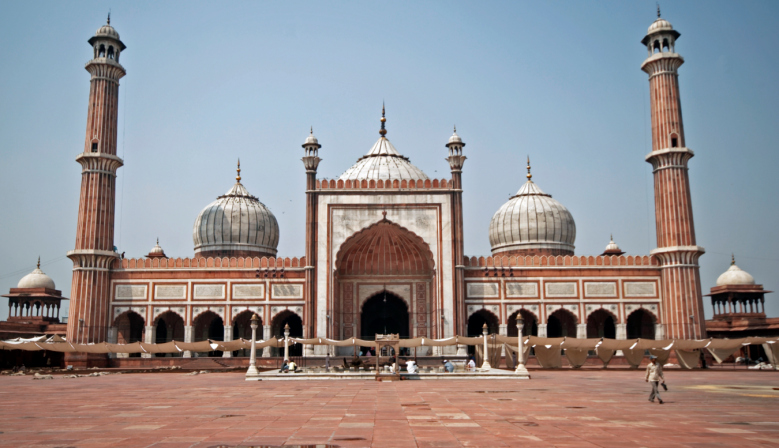 Considered as the largest mosque in India, Jama Masjid is built from red sandstone and white marble and stands tall dominating the skyline of the busy Chawri Bazar in Central Delhi. Built by more than 5000 artisans between 1644 and 1656, The mosque was commissioned by the Mughal Emperor Shah Jahan. It designed by architect Ustad Khalil. It is said that the cost to build the mosque was 1 million rupees at the time.
Considered as the largest mosque in India, Jama Masjid is built from red sandstone and white marble and stands tall dominating the skyline of the busy Chawri Bazar in Central Delhi. Built by more than 5000 artisans between 1644 and 1656, The mosque was commissioned by the Mughal Emperor Shah Jahan. It designed by architect Ustad Khalil. It is said that the cost to build the mosque was 1 million rupees at the time. -
INDIA GATE (DELHI)
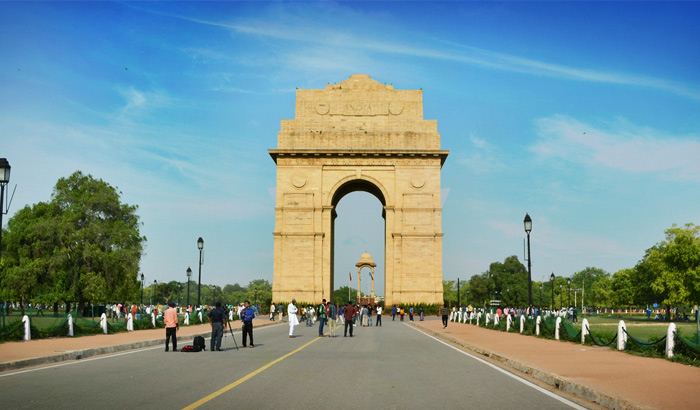 Located in the heart of New Delhi, this is a significant architecture commemorating the 82,000 brave soldiers of the Undivided Indian Army who lost their lives fighting against British invaders in the World War I (1914-1918) and the third Anglo-Afghan war (1919). It is also called the All-India War Memorial OR Delhi Memorial.
Located in the heart of New Delhi, this is a significant architecture commemorating the 82,000 brave soldiers of the Undivided Indian Army who lost their lives fighting against British invaders in the World War I (1914-1918) and the third Anglo-Afghan war (1919). It is also called the All-India War Memorial OR Delhi Memorial. -
HUMAYUN'S TOMB (DELHI)
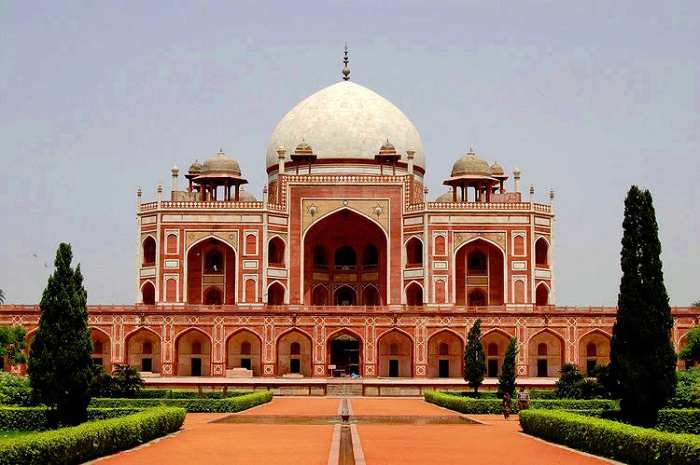 Considered to be the first garden tomb in India, Humayun's tomb is an architectural masterpiece. It is also the first structure in India that was built with the Mughal style of architecture. It was declared as a UNESCO heritage site in 1993. This red sandstone structure is the tomb of Mughal emperor Humayun.
Considered to be the first garden tomb in India, Humayun's tomb is an architectural masterpiece. It is also the first structure in India that was built with the Mughal style of architecture. It was declared as a UNESCO heritage site in 1993. This red sandstone structure is the tomb of Mughal emperor Humayun. -
QUTUB MINAR (DELHI)
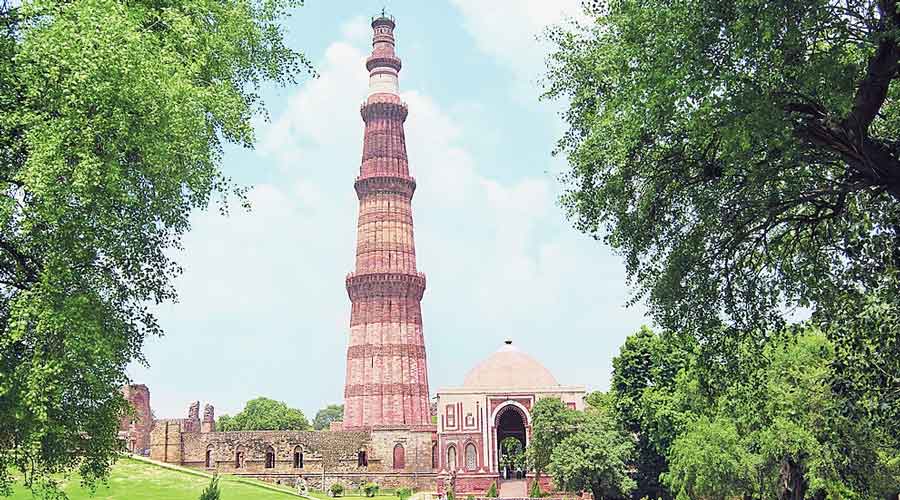 The tower was started in 1192 by Qutb Ud-Din-Aibak, founder of Delhi Sultanate after he defeated the last Hindu Ruler of Delhi. With a height of over 70 meters, Qutub Minar is the second tallest monument of Delhi. It is also a UNESCO heritage site located in Delhi's Mehrauli area.
The tower was started in 1192 by Qutb Ud-Din-Aibak, founder of Delhi Sultanate after he defeated the last Hindu Ruler of Delhi. With a height of over 70 meters, Qutub Minar is the second tallest monument of Delhi. It is also a UNESCO heritage site located in Delhi's Mehrauli area.
STATE OF UTTAR PRADESH
-
TAJ MAHAL (AGRA)
 With no introduction, Taj Mahal is one of the most renowned places in the world. This marble marvel was built by the Mughal Emperor Shah Jahan in commemoration of his favourite wife, Empress Mumtaz Mahal when she passed away in 1631 A.D. at the birth of her 14th child. Artisans from many parts of the world were involved building this masterpiece which took almost 22 years with some 20000 humans and 1000 Elephants.
With no introduction, Taj Mahal is one of the most renowned places in the world. This marble marvel was built by the Mughal Emperor Shah Jahan in commemoration of his favourite wife, Empress Mumtaz Mahal when she passed away in 1631 A.D. at the birth of her 14th child. Artisans from many parts of the world were involved building this masterpiece which took almost 22 years with some 20000 humans and 1000 Elephants. -
AGRA FORT (AGRA)
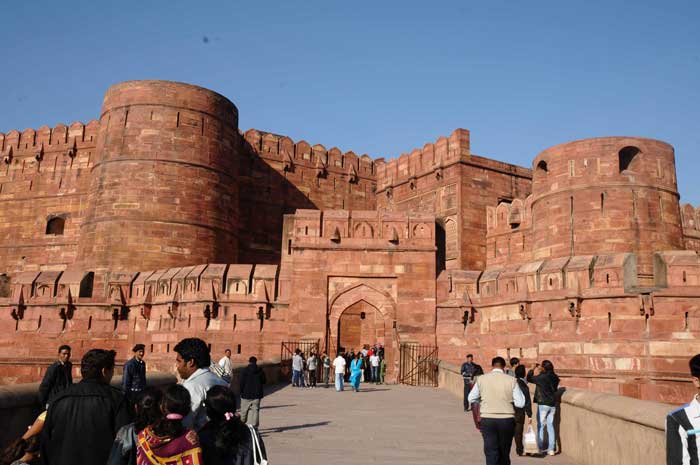 Built under the reign of one of the greatest Mughals, Akbar in 1573, Agra Fort was the main residence of the Mughals. The fort remained as their residence belonging to the Mughal dynasty until 1638. Apparently, it took almost 8 years and more than 4000 workers to complete the fort.
Built under the reign of one of the greatest Mughals, Akbar in 1573, Agra Fort was the main residence of the Mughals. The fort remained as their residence belonging to the Mughal dynasty until 1638. Apparently, it took almost 8 years and more than 4000 workers to complete the fort. -
MOTHER INDIA TEMPLE (VARANASI)
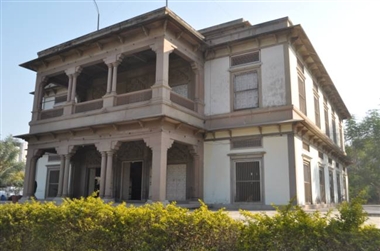 Located in the Mahatma Gandhi Kashi Vidyapeeth campus, this is the only temple dedicated to Mother India. The temple was built by Babu Shiv Prasad Gupt and inaugurated by Mahatma Gandhi in 1936. One of the most unique things about the temple is that instead of the statute of gods and goddesses, it houses a relief map of India, carved out of marble.
Located in the Mahatma Gandhi Kashi Vidyapeeth campus, this is the only temple dedicated to Mother India. The temple was built by Babu Shiv Prasad Gupt and inaugurated by Mahatma Gandhi in 1936. One of the most unique things about the temple is that instead of the statute of gods and goddesses, it houses a relief map of India, carved out of marble. -
AARTI CEREMONY (VARANASI)
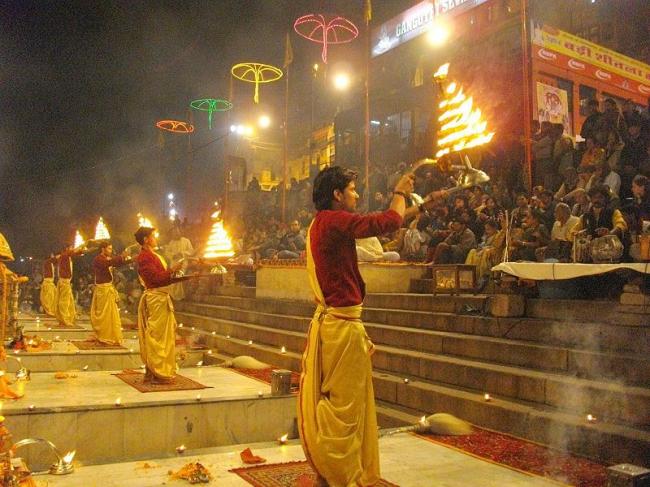 This is a very powerful and uplifting spiritual ceremony held as the dusk descends at the river Ganges in the holy cities of Haridwar, Rishikesh, and Varanasi. The lamps are lit and circled around by the pandits (Hindu priests) in a clockwise manner, accompanied by chanting or songs in praise of Mother Ganga. After the ritual is complete, devotees will cup their hands over the flame and raise their palms to their forehead in order to get the goddess's blessing.
This is a very powerful and uplifting spiritual ceremony held as the dusk descends at the river Ganges in the holy cities of Haridwar, Rishikesh, and Varanasi. The lamps are lit and circled around by the pandits (Hindu priests) in a clockwise manner, accompanied by chanting or songs in praise of Mother Ganga. After the ritual is complete, devotees will cup their hands over the flame and raise their palms to their forehead in order to get the goddess's blessing. -
BOAT RIDE ON GANGES (VARANASI)
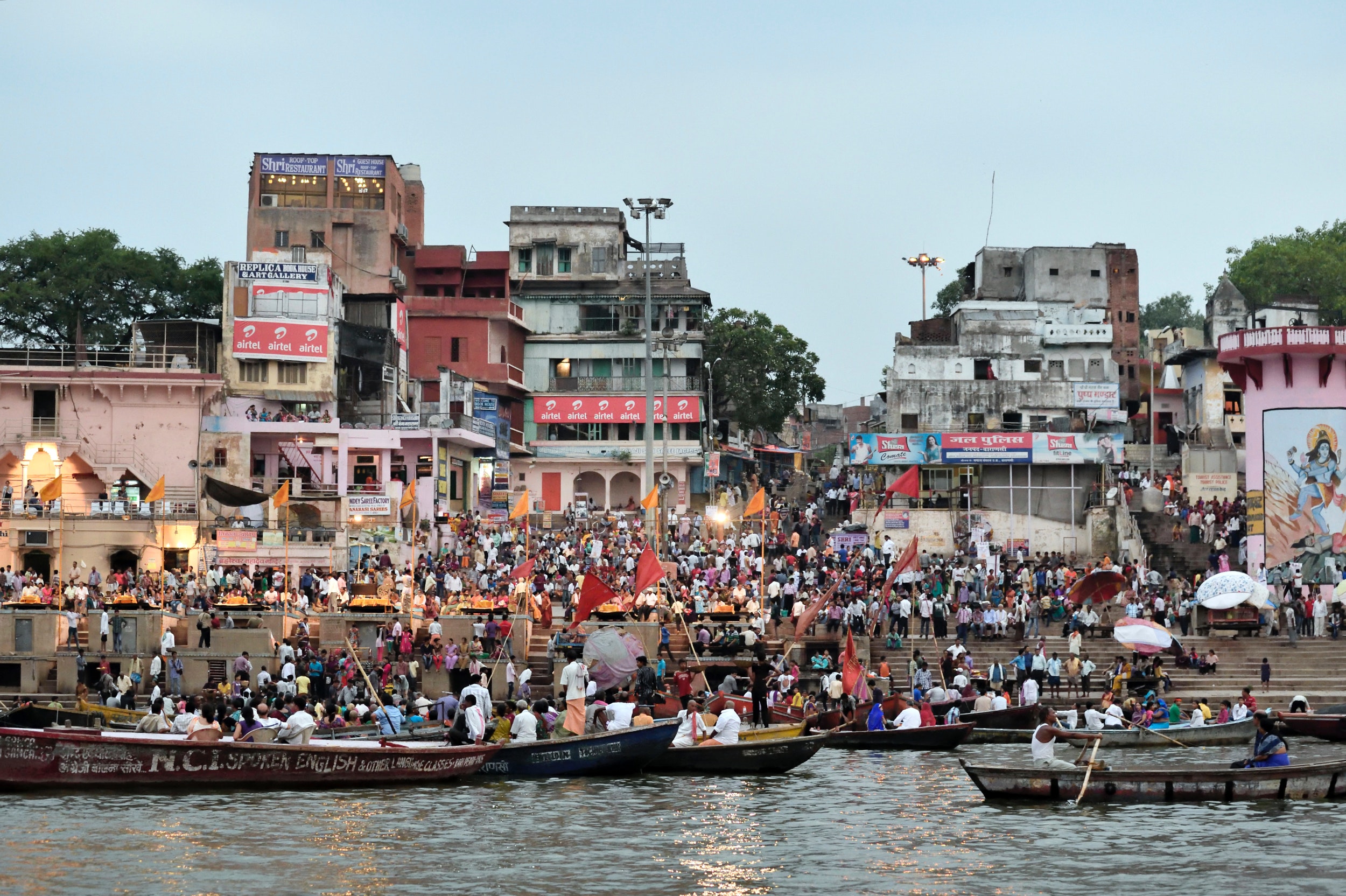 A boat ride as the sunrises is a perfect way to witness the ancient ghats that run along the banks of the holy Ganges. As the sun rises, the vast stretches of ghats become packed with worshippers performing puja with prayers, songs and ritual bathing. Though dawn is the best time to take a boat trip to witness the Ganges, early evenings are also a good time to soak in the spiritual atmosphere.
A boat ride as the sunrises is a perfect way to witness the ancient ghats that run along the banks of the holy Ganges. As the sun rises, the vast stretches of ghats become packed with worshippers performing puja with prayers, songs and ritual bathing. Though dawn is the best time to take a boat trip to witness the Ganges, early evenings are also a good time to soak in the spiritual atmosphere. -
SARANATH (VARANASI)
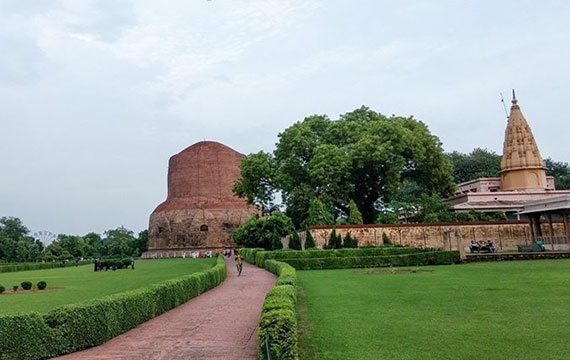 Located just 10km from Varanasi, lies one of the most revered pilgrimage sites for the Buddhists. It is believed that after attaining nirvana (enlightenment), Lord Buddha delivered his first sermon here. Sarnath has several structures– such as the Dhamekh Stupa, which marks the place where Lord Buddha delivered his first sermon and the Chaukhandi Stupa, where Lord Buddha met his first five disciples. A must visit for the Buddhist devotees.
Located just 10km from Varanasi, lies one of the most revered pilgrimage sites for the Buddhists. It is believed that after attaining nirvana (enlightenment), Lord Buddha delivered his first sermon here. Sarnath has several structures– such as the Dhamekh Stupa, which marks the place where Lord Buddha delivered his first sermon and the Chaukhandi Stupa, where Lord Buddha met his first five disciples. A must visit for the Buddhist devotees. -
ARCHAEOLOGICAL MUSEUM (VARANASI)
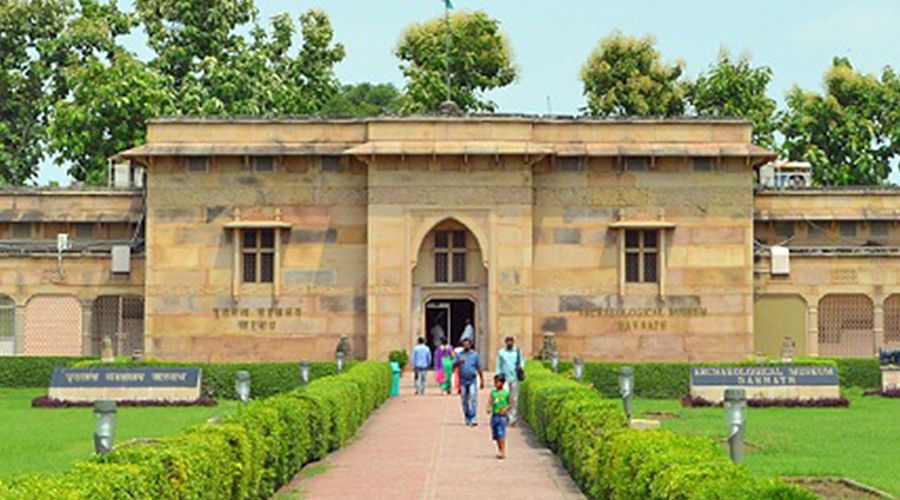 This is India’s oldest site Museum of the archaeological survey. The museum comprises five galleries & two verandas to display the antiquities found in Sarnath between the third century BC and the twelfth century AD in time. These galleries are named based on the contents, namely Tathagata, Triratna, Shakyasimha, Trimurti and Ashutosh gallery. The most award-winning collections are displayed in the Shakyasimha gallery.
This is India’s oldest site Museum of the archaeological survey. The museum comprises five galleries & two verandas to display the antiquities found in Sarnath between the third century BC and the twelfth century AD in time. These galleries are named based on the contents, namely Tathagata, Triratna, Shakyasimha, Trimurti and Ashutosh gallery. The most award-winning collections are displayed in the Shakyasimha gallery. -
FATEHPUR SIKRI
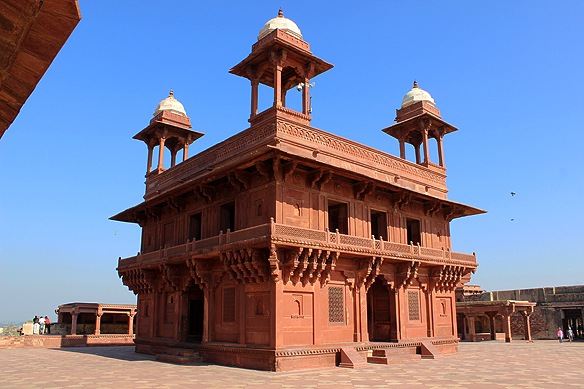 Fatehpur Sikri was established by Emperor Akbar in 1569 and made it his capital from 1571-1585. It was finally abandoned due to the proximity to the Rajputana neighbourhood and scarcity of water. The city consists of monuments and temples and are made up of unique architectural styles. Today the remains stand as one of the most preserved examples of Mughal Architecture in India.
Fatehpur Sikri was established by Emperor Akbar in 1569 and made it his capital from 1571-1585. It was finally abandoned due to the proximity to the Rajputana neighbourhood and scarcity of water. The city consists of monuments and temples and are made up of unique architectural styles. Today the remains stand as one of the most preserved examples of Mughal Architecture in India.
STATE OF RAJASTHAN
-
AMBER FORT (JAIPUR)
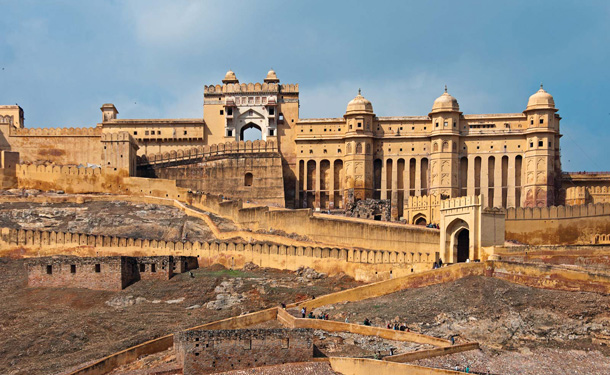 Amber Fort also called the Amer Fort is located in the former capital of Amer. Maharaja Man Singh 1, started its construction in 1592 on the remains of an 11th-century fort. Successive rulers further built the Amber Fort before moving the capital to Jaipur in 1727. Its architecture is a mix of Rajput (Hindu) and Mughal (Islamic) styles. In 2013, it was declared as a UNESCO heritage site.
Amber Fort also called the Amer Fort is located in the former capital of Amer. Maharaja Man Singh 1, started its construction in 1592 on the remains of an 11th-century fort. Successive rulers further built the Amber Fort before moving the capital to Jaipur in 1727. Its architecture is a mix of Rajput (Hindu) and Mughal (Islamic) styles. In 2013, it was declared as a UNESCO heritage site. -
CITY PALACE (JAIPUR)
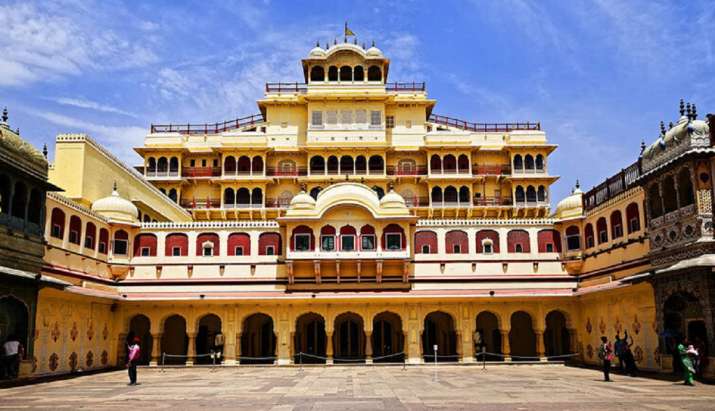 City palace in Jaipur was built by Maharaja Sawai Jai Singh II, the founder of Jaipur. Planned in ‘Grid Style’, this palace is impressive with four gates to enter and exit, namely ‘Udai Pol’, ‘Tripolia Gate’, ‘Jaleb Chowk’ and Virendra Pol’. Representing a beautiful blend of Rajput and Mughal architecture, the last ruling royal family still resides in an exclusive section of the palace that is private and not open for the public.
City palace in Jaipur was built by Maharaja Sawai Jai Singh II, the founder of Jaipur. Planned in ‘Grid Style’, this palace is impressive with four gates to enter and exit, namely ‘Udai Pol’, ‘Tripolia Gate’, ‘Jaleb Chowk’ and Virendra Pol’. Representing a beautiful blend of Rajput and Mughal architecture, the last ruling royal family still resides in an exclusive section of the palace that is private and not open for the public. -
JANTAR MANTAR (JAIPUR)
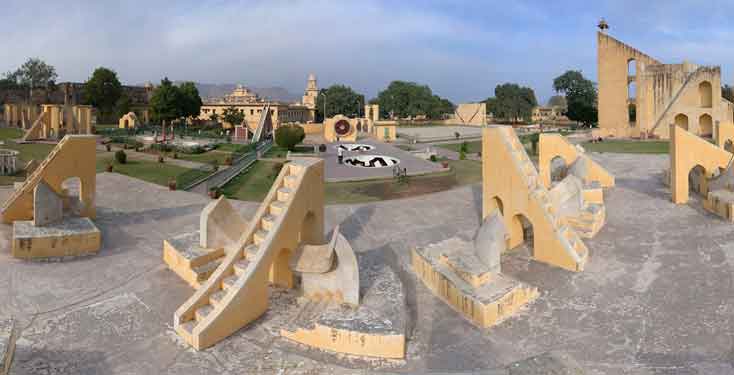 Jantar Mantar, Jaipur is an astronomical observatory, which features the world’s largest stone sundial. It was built by the Rajput king Sawai Jai Singh II in 1734. It is also a UNESCO heritage site. India has five of similar astronomical observatories and the largest being in Jaipur.
Jantar Mantar, Jaipur is an astronomical observatory, which features the world’s largest stone sundial. It was built by the Rajput king Sawai Jai Singh II in 1734. It is also a UNESCO heritage site. India has five of similar astronomical observatories and the largest being in Jaipur. -
CITY PALACE (UDAIPUR)
 This magnificent palace was built in the year 1559 by Maharana Uday Singh and served as the main seat of power, where the Maharanas lived and administered the kingdom. Built on the banks of Lake Pichola, the City Palace in Udaipur is considered to be the largest royal complex in Rajasthan. The palace was further developed by his successors, who added a number of structures to it. The Palace now has a collection of courtyards, mahals, pavilions, corridors, terraces, rooms and hanging gardens.
This magnificent palace was built in the year 1559 by Maharana Uday Singh and served as the main seat of power, where the Maharanas lived and administered the kingdom. Built on the banks of Lake Pichola, the City Palace in Udaipur is considered to be the largest royal complex in Rajasthan. The palace was further developed by his successors, who added a number of structures to it. The Palace now has a collection of courtyards, mahals, pavilions, corridors, terraces, rooms and hanging gardens. -
SAHELIYON KI BARI
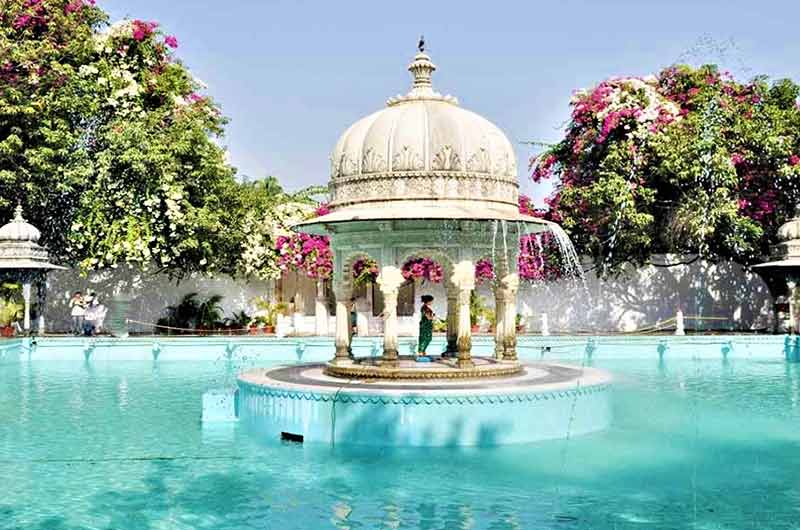 Saheliyon Ki Bari also known as the Garden of Maidens, is one such marvel of nature created by man for a woman. It is located on the banks of the Fateh Sagar Lake in Udaipur. The Saheliyon Ki Bari is embellished with several fountains in the four water pools along with the elephants made up of marble. Out of many, the most noted features of the garden are the bird fountains and lotus pools. The moment you enter the garden, you can witness flowerbeds, lush green lawns and marble pavilions, creating a soothing ambiance.
Saheliyon Ki Bari also known as the Garden of Maidens, is one such marvel of nature created by man for a woman. It is located on the banks of the Fateh Sagar Lake in Udaipur. The Saheliyon Ki Bari is embellished with several fountains in the four water pools along with the elephants made up of marble. Out of many, the most noted features of the garden are the bird fountains and lotus pools. The moment you enter the garden, you can witness flowerbeds, lush green lawns and marble pavilions, creating a soothing ambiance. -
MEHRANGARH FORT (JODHPUR)
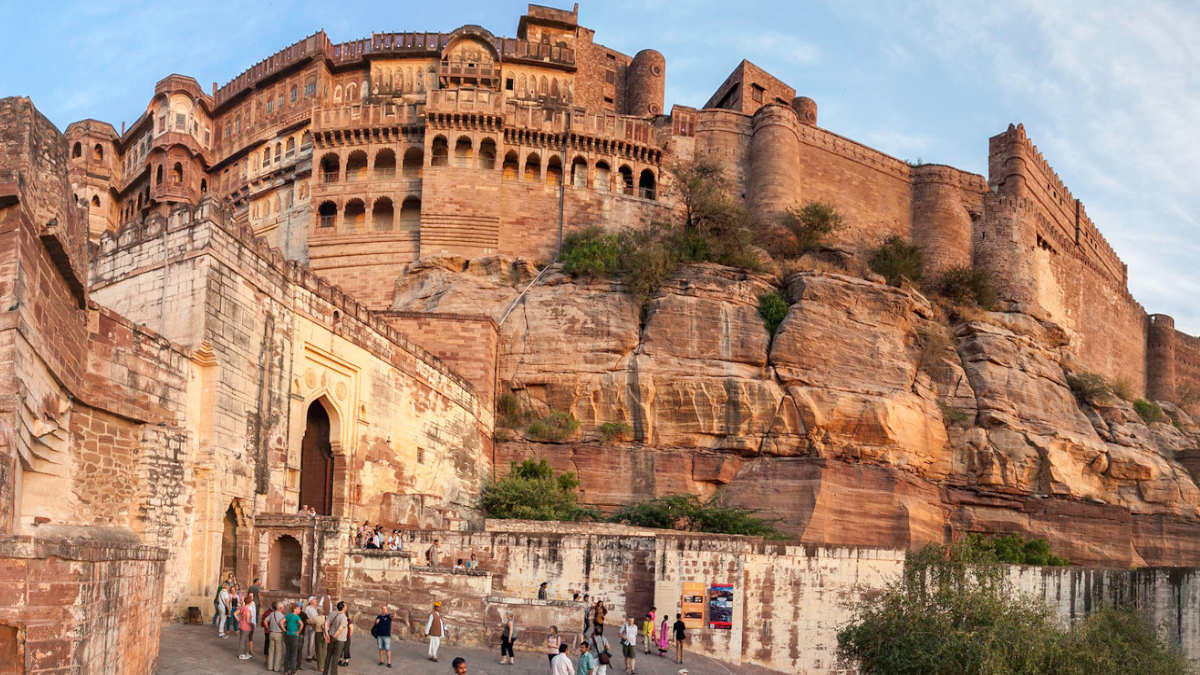 Mehrangarh Fort spans over an area of 5km with a height of around 125m. It was built by Rao Jodha, the ruler of Mandore in 1459. He decided to build the fort due to its location in isolation being a safe place. Set atop a hill named Bhakurcheeria (the mountain of birds) in the city of Jodhpur, Mehrangarh Fort holds the pride of the city due to its splendid architecture and diverse history.
Mehrangarh Fort spans over an area of 5km with a height of around 125m. It was built by Rao Jodha, the ruler of Mandore in 1459. He decided to build the fort due to its location in isolation being a safe place. Set atop a hill named Bhakurcheeria (the mountain of birds) in the city of Jodhpur, Mehrangarh Fort holds the pride of the city due to its splendid architecture and diverse history. -
JASWANT THADA (JODHPUR)
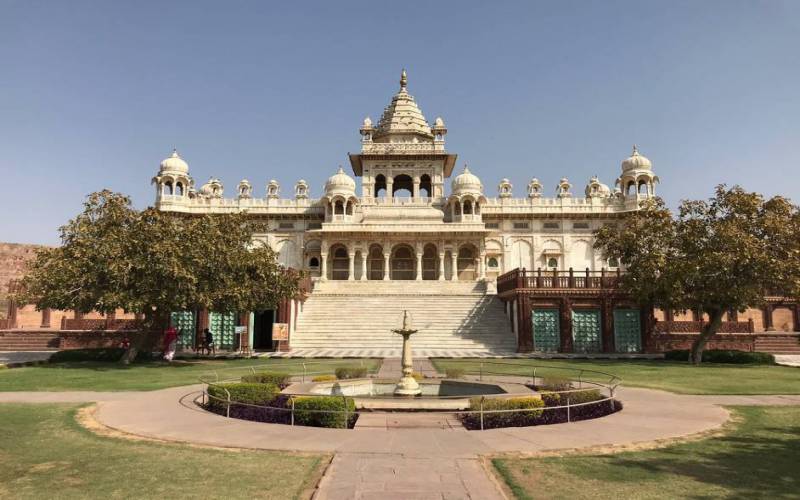 Famed as the Taj Mahal of Marwar, Jaswant Thada is a perfect example of Rajput style of architecture. Located near Mehrangarh Fort entrance, Jaswant Thada is a royal cenotaph located 5km from the Jodhpur city centre. It was built by Sardar Singh in 1899 CE in memory of his father, Maharaja Jaswant Singh II. It is a white marble memorial, built out of intricately carved sheets of marble. These sheets are extremely thin and polished so that they produce a warm glow when illuminated by the sun light.
Famed as the Taj Mahal of Marwar, Jaswant Thada is a perfect example of Rajput style of architecture. Located near Mehrangarh Fort entrance, Jaswant Thada is a royal cenotaph located 5km from the Jodhpur city centre. It was built by Sardar Singh in 1899 CE in memory of his father, Maharaja Jaswant Singh II. It is a white marble memorial, built out of intricately carved sheets of marble. These sheets are extremely thin and polished so that they produce a warm glow when illuminated by the sun light. -
JAISALMER FORT (JAISALMER)
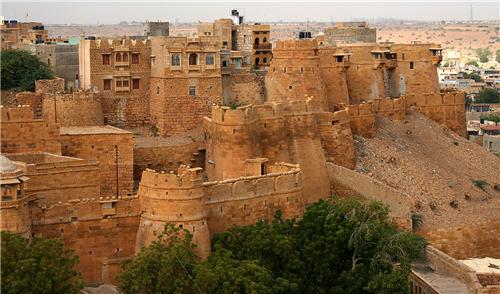 A UNESCO heritage site, the fort is a pride of Thar desert and a symbol of strength. It was built by the Rajput ruler Rawal Jaisal in 1156 AD. Its widespread yellow sandstone walls are bright yellow during the day and fade to honey-gold as the sun sets and due to this, it is also called the Golden fort.
A UNESCO heritage site, the fort is a pride of Thar desert and a symbol of strength. It was built by the Rajput ruler Rawal Jaisal in 1156 AD. Its widespread yellow sandstone walls are bright yellow during the day and fade to honey-gold as the sun sets and due to this, it is also called the Golden fort. -
PATWON KI HAVELI (JAISALMER)
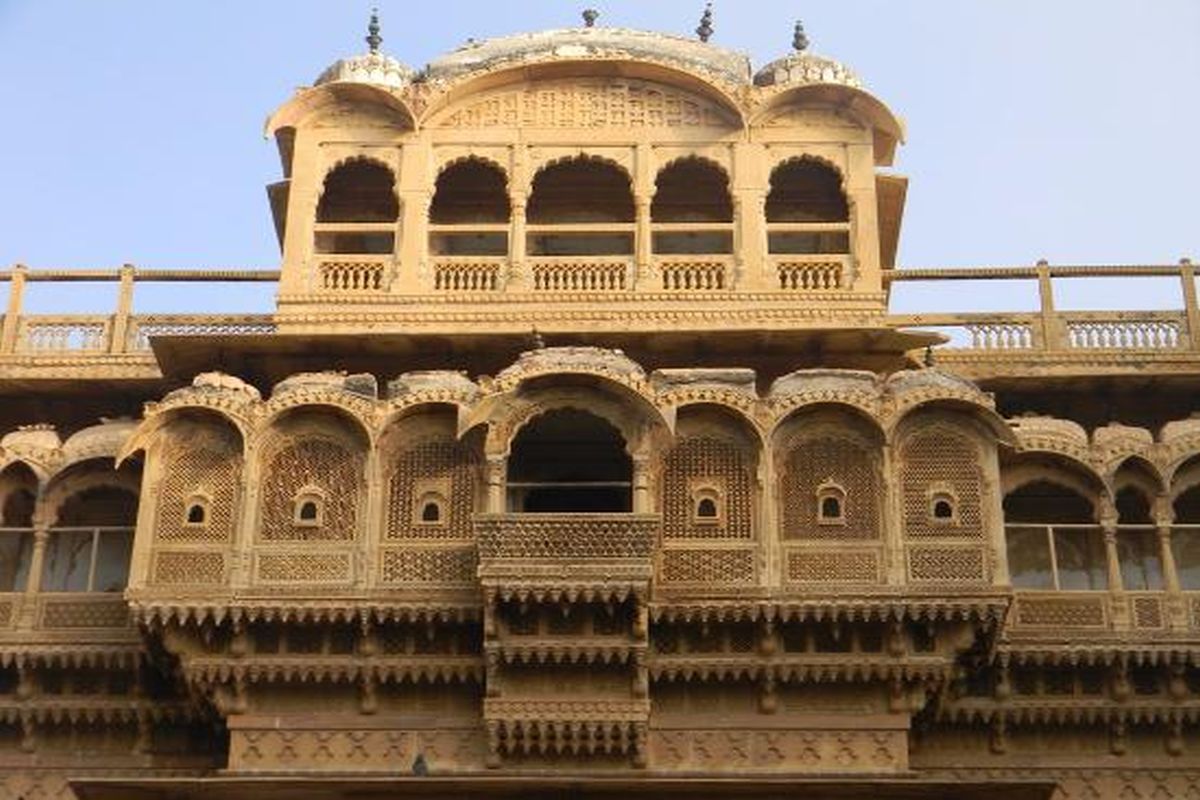 Patwon Ki Haveli is actually the first and the largest haveli to be constructed in Jaisalmer. It was built in 1805 by Guman Chand Patwa. History says that Patwa was an extremely wealthy jewellery and brocades trader of his time. It is a cluster of five large havelis and the First Haveli, which is known popularly as Kothari’s Patwa Haveli is the one that stands out most amongst the others.
Patwon Ki Haveli is actually the first and the largest haveli to be constructed in Jaisalmer. It was built in 1805 by Guman Chand Patwa. History says that Patwa was an extremely wealthy jewellery and brocades trader of his time. It is a cluster of five large havelis and the First Haveli, which is known popularly as Kothari’s Patwa Haveli is the one that stands out most amongst the others. -
SAND DUNES (JAISALMER)
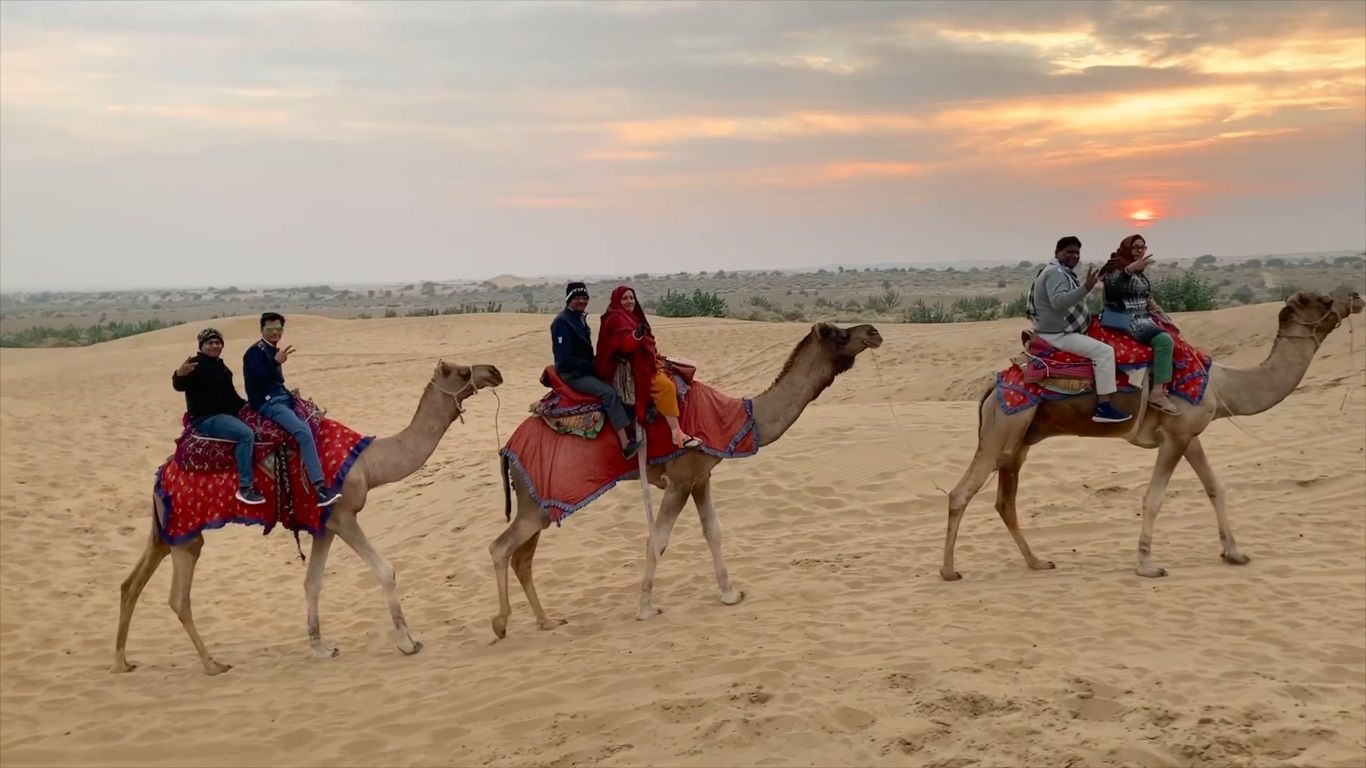 Jaisalmer is home to 3 main sand dunes by the names “Sam sand dunes”, “Khuri sand dunes” and “Lodhruva sand dunes”. Right in the middle of the historical forts and colourful markets, Sam Sand Dunes are among the best and most authentic in the country. Travellers often come here to witness the amazing sunrise and sunsets. You can also gain a close insight into the culture and tradition of Rajasthan with dances and musicals that are staged around the campfires at night. Another unique way to experience the sand dunes is going on a Camel ride.
Jaisalmer is home to 3 main sand dunes by the names “Sam sand dunes”, “Khuri sand dunes” and “Lodhruva sand dunes”. Right in the middle of the historical forts and colourful markets, Sam Sand Dunes are among the best and most authentic in the country. Travellers often come here to witness the amazing sunrise and sunsets. You can also gain a close insight into the culture and tradition of Rajasthan with dances and musicals that are staged around the campfires at night. Another unique way to experience the sand dunes is going on a Camel ride. -
LODURVA VILLAGE
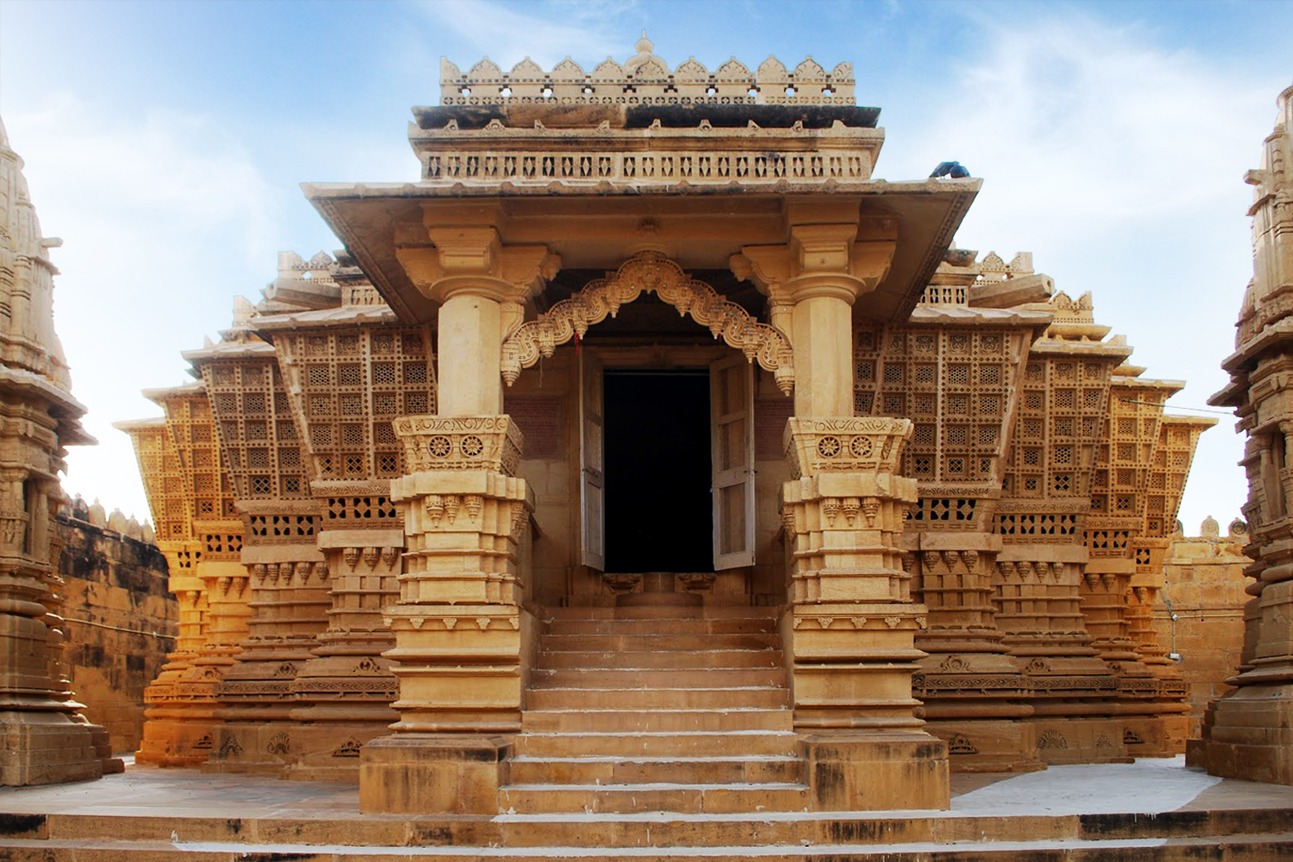 Famous for Jain temples and other historical monuments, Lodurva is located about 15km from Jaisalmer. It was the ancient capital of the Bhatti dynasty till 1156 AD, when Rawal Jaisal founded the Jaisalmer state and shifted the capital to Jaisalmer. Today, it is a popular tourist destination, known for its architectural ruins and Jain temples. The temples at Lodurva exhibit some more fine examples of intricate craftsmanship on yellow stone. The Parshvnath Temple is the oldest and the most beautiful of the Jain temples.
Famous for Jain temples and other historical monuments, Lodurva is located about 15km from Jaisalmer. It was the ancient capital of the Bhatti dynasty till 1156 AD, when Rawal Jaisal founded the Jaisalmer state and shifted the capital to Jaisalmer. Today, it is a popular tourist destination, known for its architectural ruins and Jain temples. The temples at Lodurva exhibit some more fine examples of intricate craftsmanship on yellow stone. The Parshvnath Temple is the oldest and the most beautiful of the Jain temples. -
RANAKPUR TEMPLE
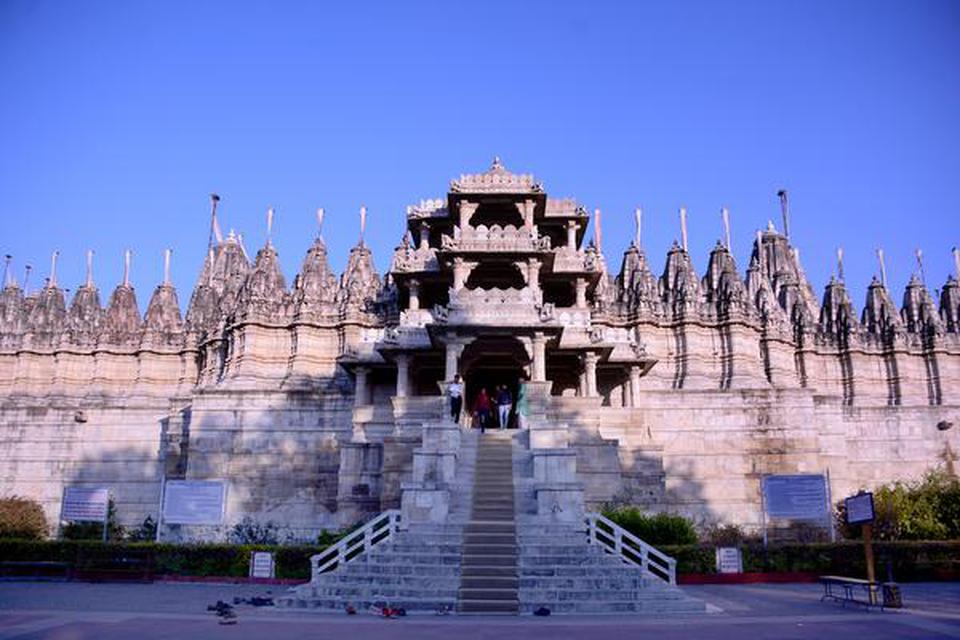 Located about 90km away from city of Udaipur, the temple spans over an area of 4,500 square yards. Temple consists of beautifully carved 1444 pillars, 426 columns, 89 domes and 29 halls. Built during the reign of the Rajput monarch Rana Kumbha in the 15th century, the temple complex consists of a total of four shrines. Ranakpur is one of the most important of the five major pilgrimage centres of Jainism.
Located about 90km away from city of Udaipur, the temple spans over an area of 4,500 square yards. Temple consists of beautifully carved 1444 pillars, 426 columns, 89 domes and 29 halls. Built during the reign of the Rajput monarch Rana Kumbha in the 15th century, the temple complex consists of a total of four shrines. Ranakpur is one of the most important of the five major pilgrimage centres of Jainism.
STATE OF HIMACHAL PRADESH
-
MCLEOD GANJ (DHARAMSHALA)
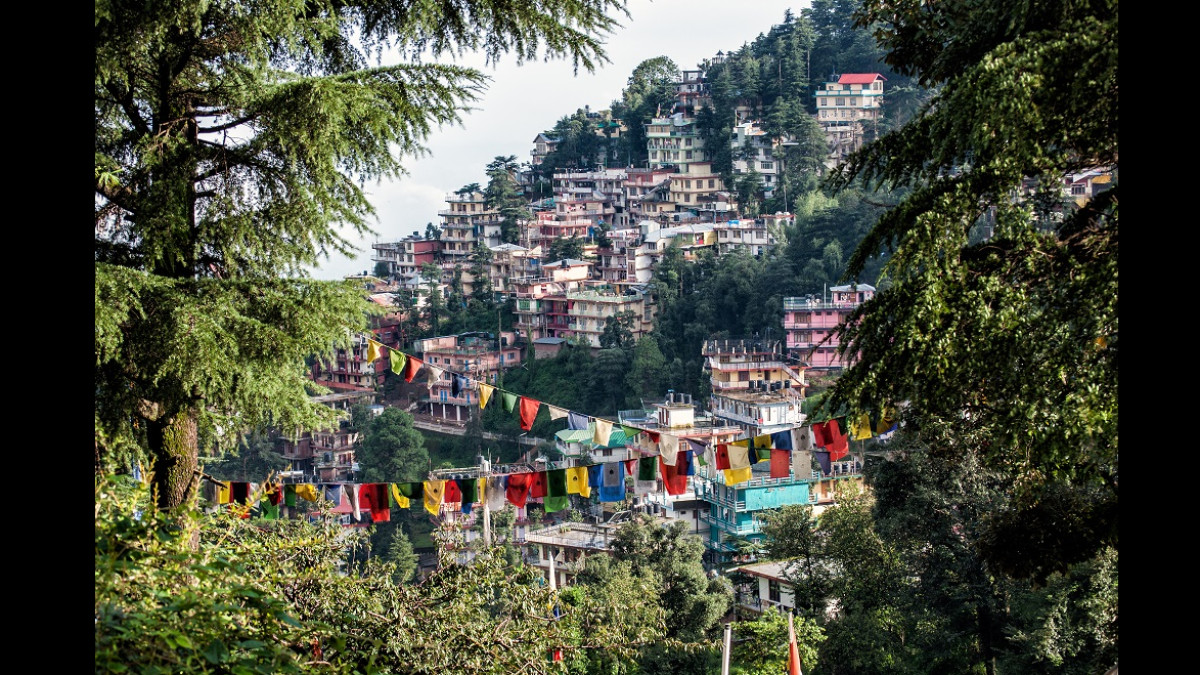 McLeod Ganj is the ex-residence of His Holiness the 14th Dalai Lama and home to a large Tibetan population, including many monks and nuns. Many Tibetans have made McLeod ganj their home, and therefore the town has a strong Tibetan influence. The town is today often called Little Tibet, conserving Tibet’s religious and cultural heritage.
McLeod Ganj is the ex-residence of His Holiness the 14th Dalai Lama and home to a large Tibetan population, including many monks and nuns. Many Tibetans have made McLeod ganj their home, and therefore the town has a strong Tibetan influence. The town is today often called Little Tibet, conserving Tibet’s religious and cultural heritage. -
ST JOHNS CHURCH (DHARAMSHALA)
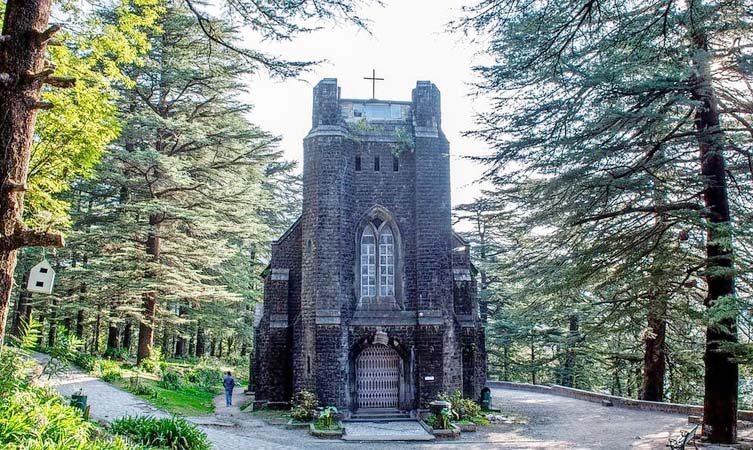 This beautiful piece of architecture is built amongst the picturesque valley of Mcleodganj located about 8km from Dharamshala. This is an Anglican church dedicated to John the Baptist, and is built in neo-Gothic architecture. This classic church also has a Christian cemetery surrounding it. The structure of this church is so powerful that it survived the 1905 Kangra earthquake, which killed close to twenty thousand people and destroyed most buildings in the surrounding areas.
This beautiful piece of architecture is built amongst the picturesque valley of Mcleodganj located about 8km from Dharamshala. This is an Anglican church dedicated to John the Baptist, and is built in neo-Gothic architecture. This classic church also has a Christian cemetery surrounding it. The structure of this church is so powerful that it survived the 1905 Kangra earthquake, which killed close to twenty thousand people and destroyed most buildings in the surrounding areas. -
BHAGSU NAG TEMPLE (DHARAMSHALA)
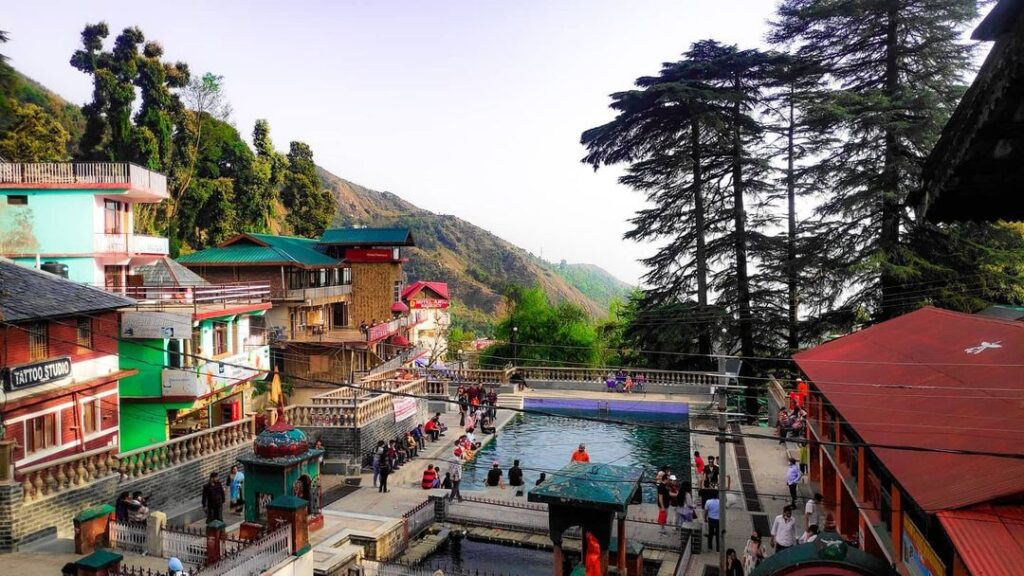 Located only a short distance from Mcleodganj, the temple is surrounded by lovely pools and lush greenery. The two pools around the temple are believed to be sacred and are considered to contain miraculous powers of healing. Bhagsunag Temple is believed to be an ancient temple where Lord Shiva had prevailed himself. Also popularly known as Bhagsunath Temple, it is highly respected by the local Gorkha and Hindu community.
Located only a short distance from Mcleodganj, the temple is surrounded by lovely pools and lush greenery. The two pools around the temple are believed to be sacred and are considered to contain miraculous powers of healing. Bhagsunag Temple is believed to be an ancient temple where Lord Shiva had prevailed himself. Also popularly known as Bhagsunath Temple, it is highly respected by the local Gorkha and Hindu community. -
JACKHOO HILL (SHIMLA)
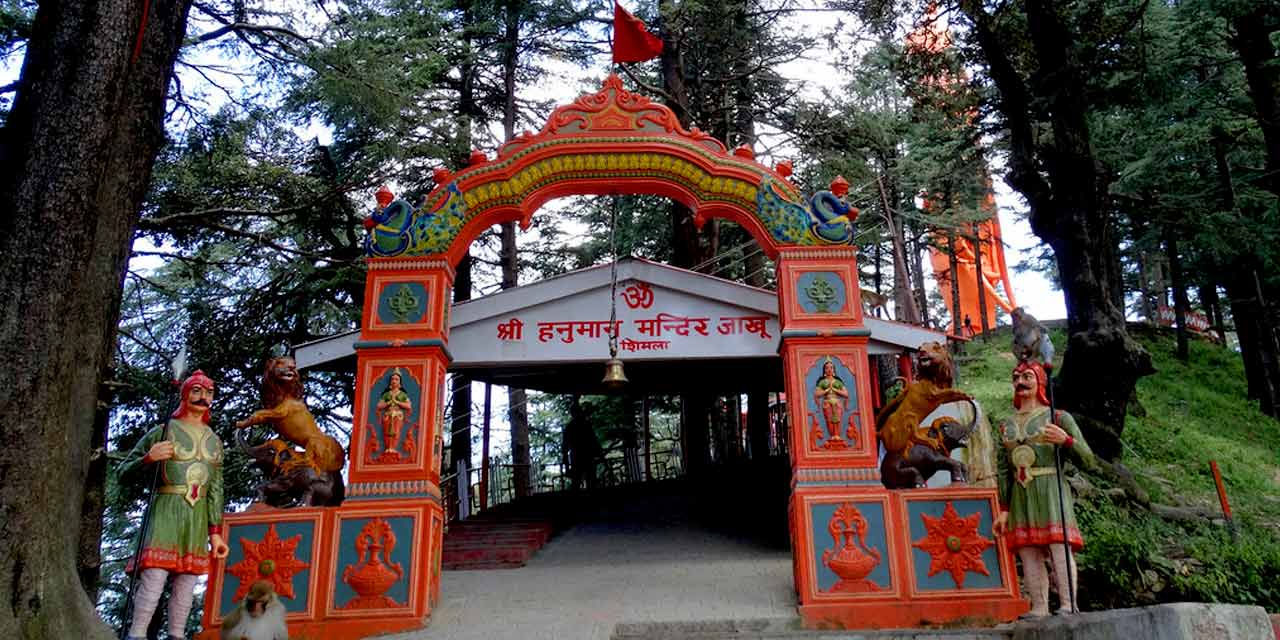 Jakhoo hill is the highest point in Shimla standing at an altitude of 2,500 meters from the sea level. The place hosts a 108-foot Hanuman statute, standing tall amidst the alpine trees. There around 300 steps to climb which can take up to around 30 minutes. It is also advised to be aware of the monkeys.
Jakhoo hill is the highest point in Shimla standing at an altitude of 2,500 meters from the sea level. The place hosts a 108-foot Hanuman statute, standing tall amidst the alpine trees. There around 300 steps to climb which can take up to around 30 minutes. It is also advised to be aware of the monkeys. -
MALL ROAD (SHIMLA)
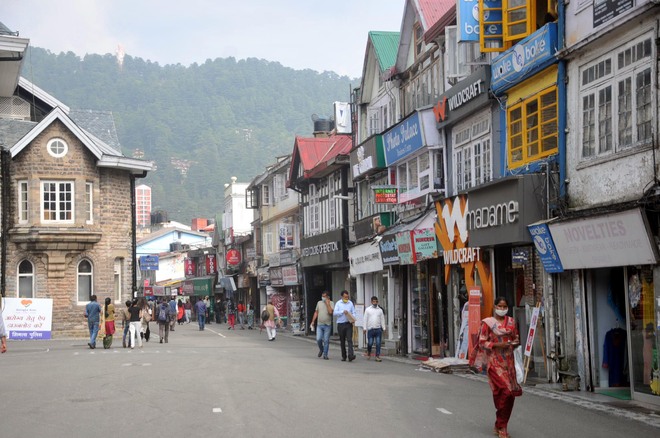 Shimla Mall Road is home to several quality restaurants, bars, clubs, and shops. You may also head to local market, which specializes in offering handicraft products with Pashmina shawls and Tibetan carpets. Mall road has become a common place for locals to hang out in the evening. Only emergency vehicles are allowed on the road making it an ideal place for a relaxing stroll.
Shimla Mall Road is home to several quality restaurants, bars, clubs, and shops. You may also head to local market, which specializes in offering handicraft products with Pashmina shawls and Tibetan carpets. Mall road has become a common place for locals to hang out in the evening. Only emergency vehicles are allowed on the road making it an ideal place for a relaxing stroll. -
HIMACHAL STATE MUSEUM (SHIMLA)
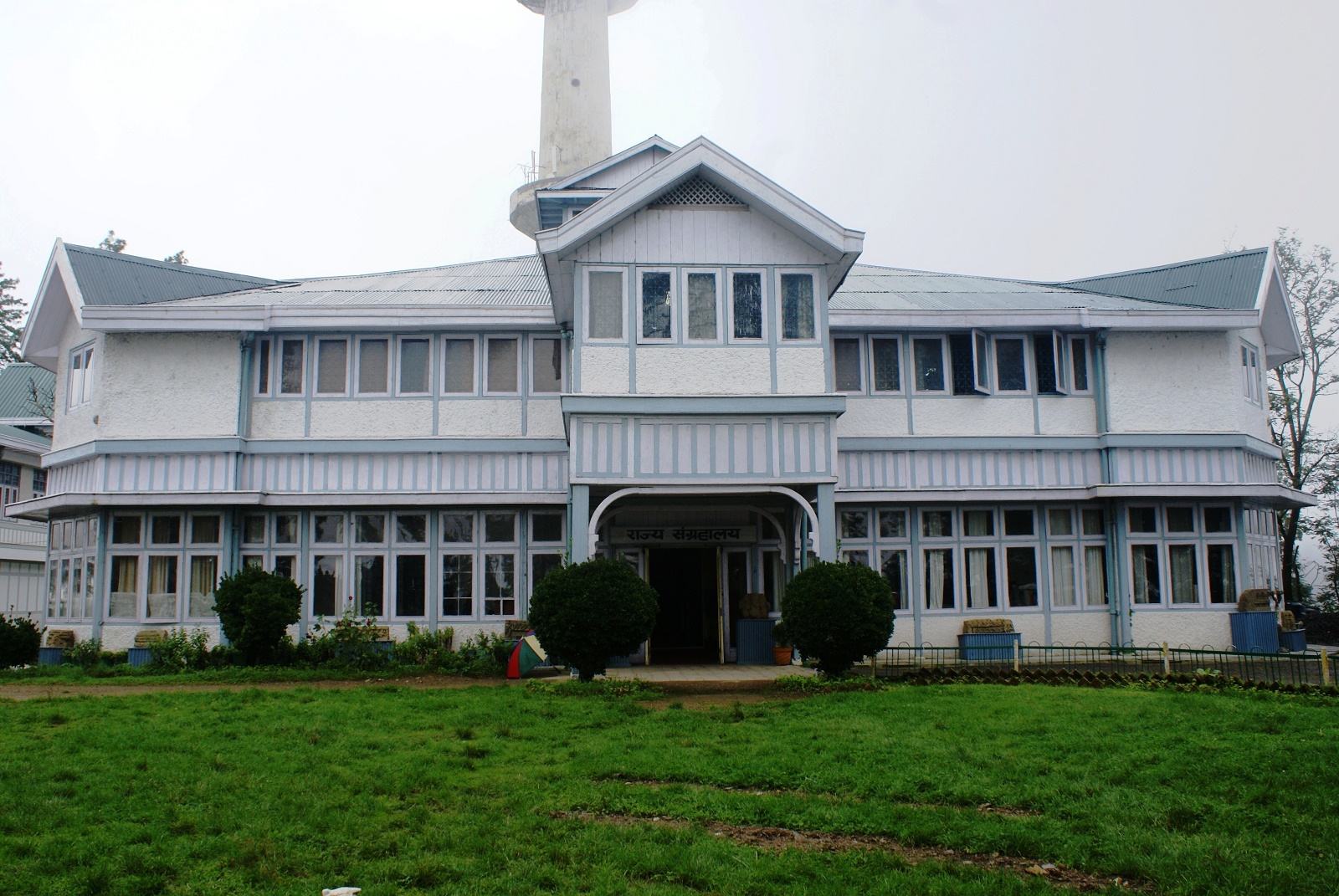 An ideal place for art lovers and anyone that is interested in the history of Himachal. You can step back in time and learn about the glorious past of this beautiful city. Located on the top of the hill, the museum offers a calm and peaceful setting to enjoy the serene surroundings at its backdrop.
An ideal place for art lovers and anyone that is interested in the history of Himachal. You can step back in time and learn about the glorious past of this beautiful city. Located on the top of the hill, the museum offers a calm and peaceful setting to enjoy the serene surroundings at its backdrop.
STATE OF PUNJAB
-
GOLDEN TEMPLE (AMRITSAR)
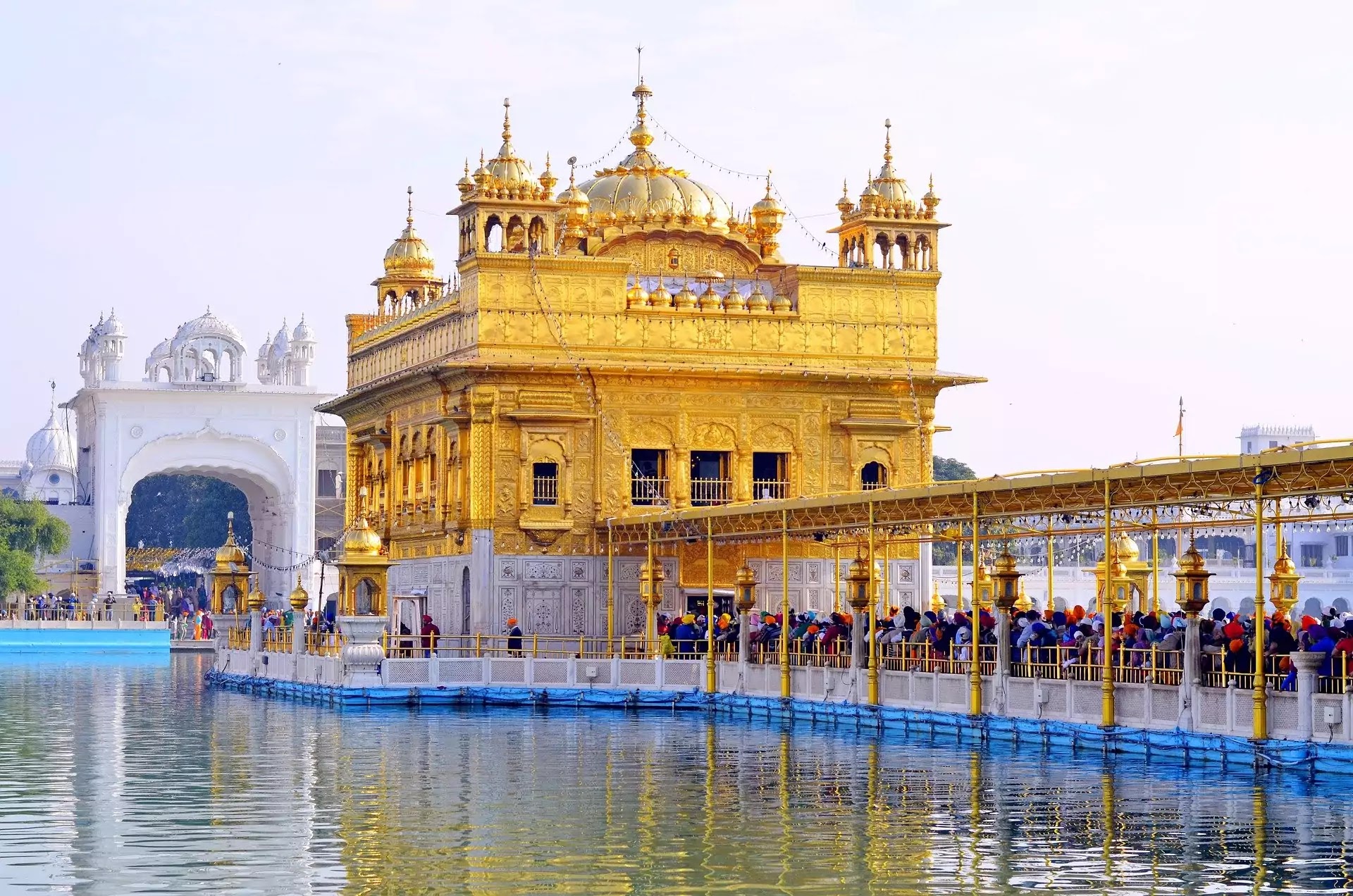 The Golden Temple is the holiest shrine for the Sikhs. Located in the heart of Amritsar, the temple attracts a large number of visitors and devotees each day. The communal kitchen in the temple is open to devotees of all faiths and serves over 100,000 people free food on a daily basis. The stunning golden architecture of the temple is also a highlight.
The Golden Temple is the holiest shrine for the Sikhs. Located in the heart of Amritsar, the temple attracts a large number of visitors and devotees each day. The communal kitchen in the temple is open to devotees of all faiths and serves over 100,000 people free food on a daily basis. The stunning golden architecture of the temple is also a highlight. -
JALLIANWALAH BAGH (AMRITSAR)
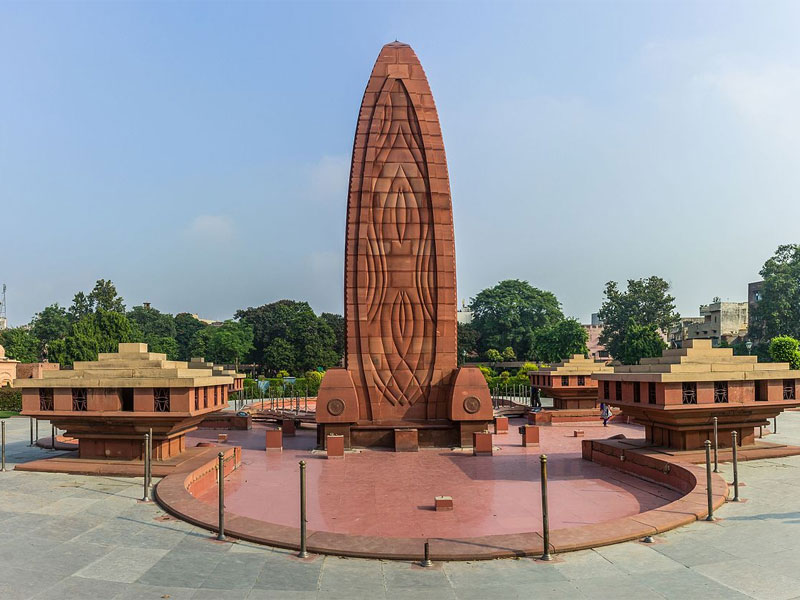 Jallianwala Bagh tells one of the saddest stories in Indian History when thousands of innocent people were killed on the orders of General Dyer as they gathered for a peaceful celebration of Baisakhi in 1919. Spread over 6.5 acres of land, the place has now been turned into a beautiful park and is managed by the Jallianwala Bagh National Memorial Trust.
Jallianwala Bagh tells one of the saddest stories in Indian History when thousands of innocent people were killed on the orders of General Dyer as they gathered for a peaceful celebration of Baisakhi in 1919. Spread over 6.5 acres of land, the place has now been turned into a beautiful park and is managed by the Jallianwala Bagh National Memorial Trust. -
BAZZARS (AMRITSAR)
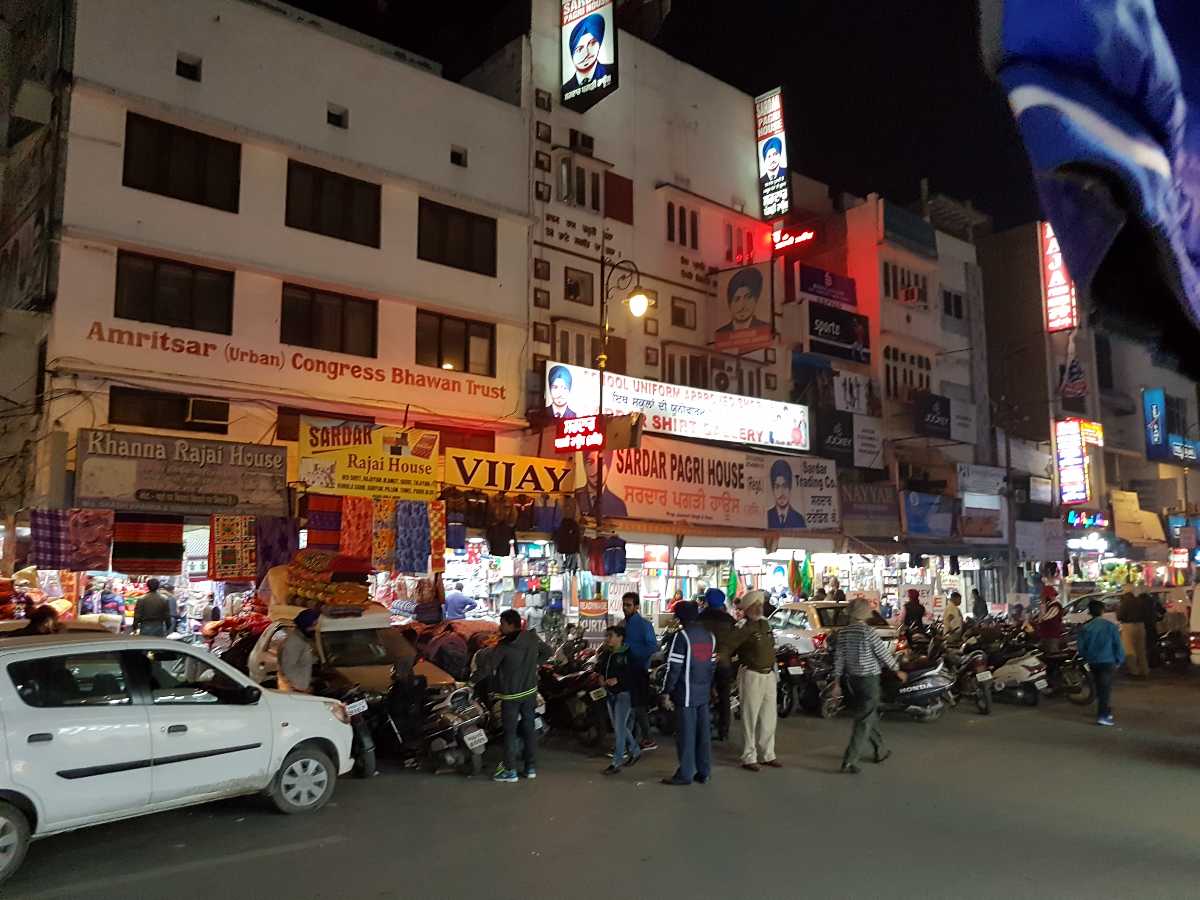 For all the shopaholic or even if you are into window shopping, head to the many bazaar in Amritsar. There are 8 main bazaars and some famous ones are the Guru Bazaar, Katra Jaimal Singh Bazaar and the Hall Bazaar.
For all the shopaholic or even if you are into window shopping, head to the many bazaar in Amritsar. There are 8 main bazaars and some famous ones are the Guru Bazaar, Katra Jaimal Singh Bazaar and the Hall Bazaar.
STATE OF MADHYA PRADESH
-
KHAJURAHO TEMPLES
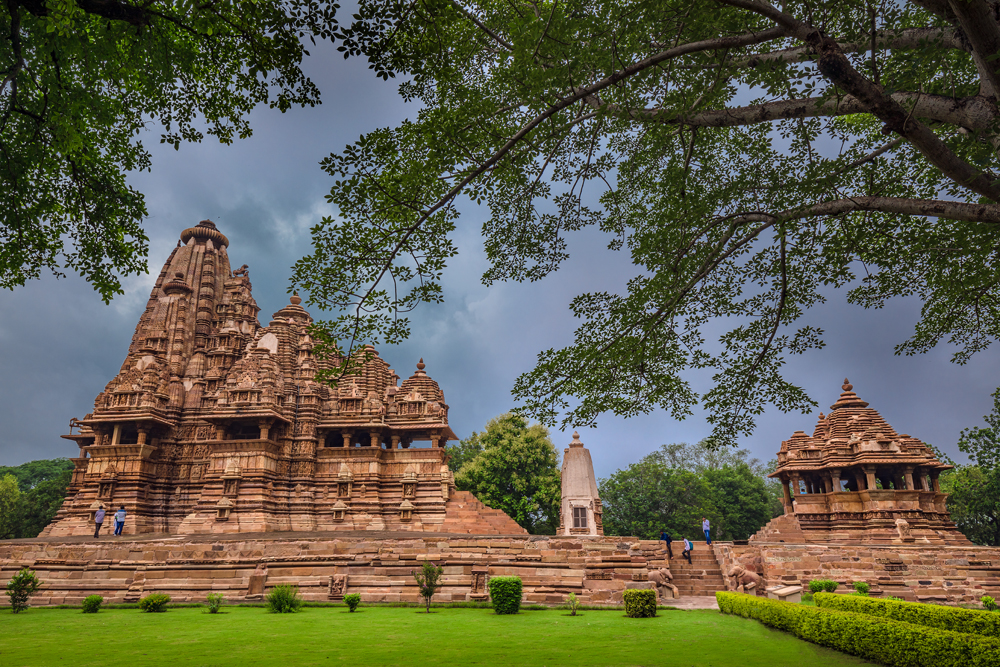 Khajuraho temples are well renowned for their erotic sculptures. They show a celebration of love, life and worship. These sandstone temples date back to the 10th and 11th centuries, and is a UNESCO World Heritage site. Khajuraho temples were built by Chandela dynasty kings, who ruled much of the Bundelkhand region in central India between the 9th-13th centuries.
Khajuraho temples are well renowned for their erotic sculptures. They show a celebration of love, life and worship. These sandstone temples date back to the 10th and 11th centuries, and is a UNESCO World Heritage site. Khajuraho temples were built by Chandela dynasty kings, who ruled much of the Bundelkhand region in central India between the 9th-13th centuries. -
ORCHHA FORT
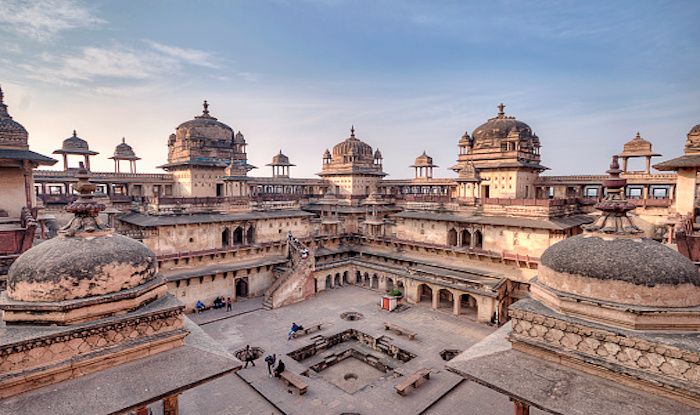 Located about 16km from Jhansi in Madhya Pradesh, the fort was built in 1501 AD by Raja Rudra Pratap Singh of the Bundela dynasty. It showcases Rajput and Mughal architecture beautifully decorated with latticed windows, projected platforms and balconies and mirrors on ceilings. The Fort complex houses several monuments such as the Raja Mahal, Rai Praveen Mahal, Sheesh Mahal and gardens such as the Phool Bagh.
Located about 16km from Jhansi in Madhya Pradesh, the fort was built in 1501 AD by Raja Rudra Pratap Singh of the Bundela dynasty. It showcases Rajput and Mughal architecture beautifully decorated with latticed windows, projected platforms and balconies and mirrors on ceilings. The Fort complex houses several monuments such as the Raja Mahal, Rai Praveen Mahal, Sheesh Mahal and gardens such as the Phool Bagh.
STATE OF MAHARASHTRA
-
AJANTA CAVES & ELLORA CAVES
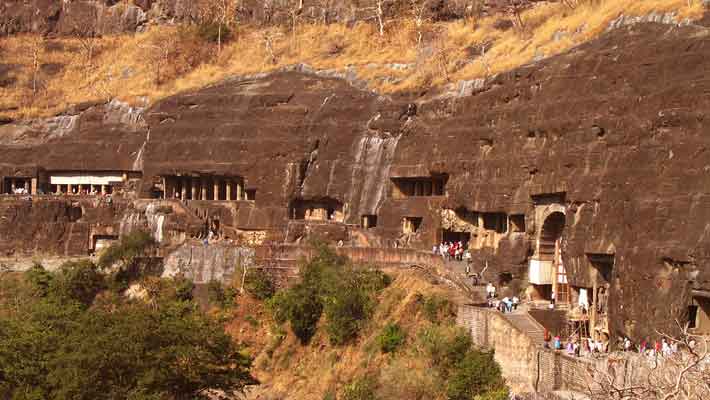 The world famous Ajanta caves lies almost 350km from the city of Mumbai. Ellora caves is about another 100km away from the Ajanta caves. They both are classified as UNESCO world heritage sites. There are 34 caves at Ellora dating between the 6th and 11th centuries AD, and 29 caves at Ajanta dating back to between the 2nd century BC and 6th century AD. The caves at Ajanta are all Buddhist, while the caves at Ellora are a mixture of Buddhist, Hindu and Jain. The incredible Kailasa Temple (also known as the Kailasha Temple), which forms Cave 16 at Ellora, is undoubtedly the most famous attraction.
The world famous Ajanta caves lies almost 350km from the city of Mumbai. Ellora caves is about another 100km away from the Ajanta caves. They both are classified as UNESCO world heritage sites. There are 34 caves at Ellora dating between the 6th and 11th centuries AD, and 29 caves at Ajanta dating back to between the 2nd century BC and 6th century AD. The caves at Ajanta are all Buddhist, while the caves at Ellora are a mixture of Buddhist, Hindu and Jain. The incredible Kailasa Temple (also known as the Kailasha Temple), which forms Cave 16 at Ellora, is undoubtedly the most famous attraction. -
ELEPHANTA CAVES (MUMBAI)
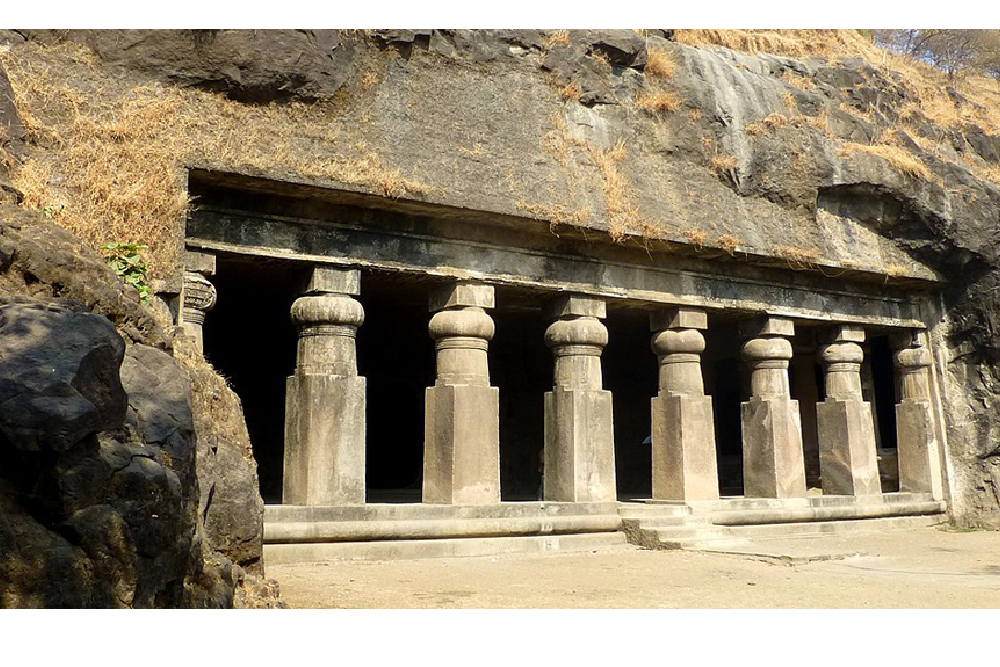 Located about 10km away from Mumbai, the caves are on the Elephanta Island. These are a group of seven rock-cut Buddhist and Hindu caves. It has been declared as UNESCO World Heritage Site. Five caves are dedicated to the Hindu God Shiva, and the other two caves are built in Buddhist style. Cave 1 is in the best condition among others. Many Hindus come here to worship Lord Shiva.
Located about 10km away from Mumbai, the caves are on the Elephanta Island. These are a group of seven rock-cut Buddhist and Hindu caves. It has been declared as UNESCO World Heritage Site. Five caves are dedicated to the Hindu God Shiva, and the other two caves are built in Buddhist style. Cave 1 is in the best condition among others. Many Hindus come here to worship Lord Shiva. -
CITY OF MUMBAI
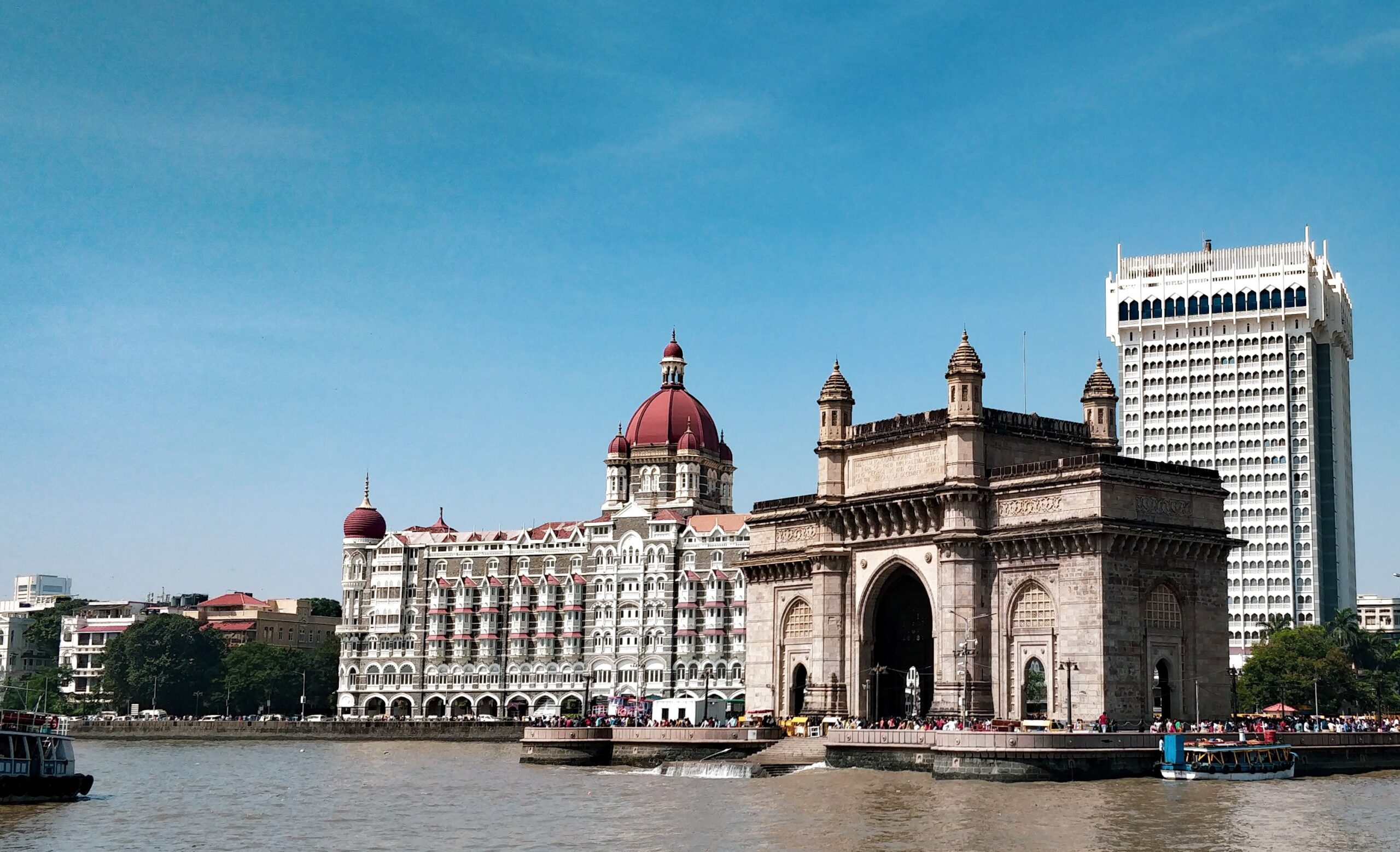 Home to nearly 20 million people and the hub of Bollywood, they call it the “City of Dreams”. It is also popular as the entertainment and financial capital of India. Few of the key attractions include Chattrapati Shivaji Terminus, flora Fountain, High Court, Taj Hotel, Gateway of India and also the Asiatic Society. Mumabi was previously called as Bombay and home to the richest person in India Mukesh Ambani.
Home to nearly 20 million people and the hub of Bollywood, they call it the “City of Dreams”. It is also popular as the entertainment and financial capital of India. Few of the key attractions include Chattrapati Shivaji Terminus, flora Fountain, High Court, Taj Hotel, Gateway of India and also the Asiatic Society. Mumabi was previously called as Bombay and home to the richest person in India Mukesh Ambani. -
AMBOLI
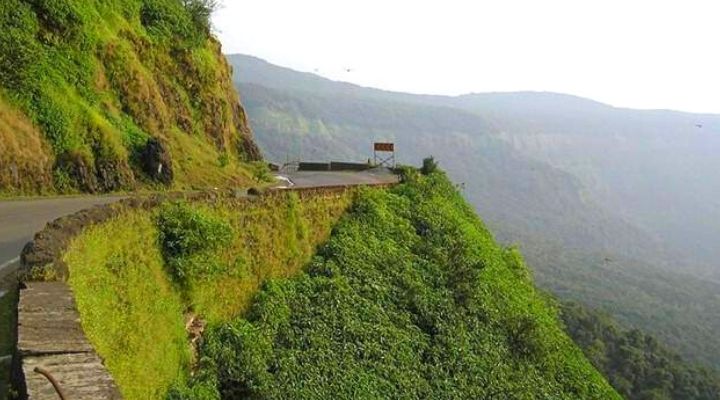 At an altitude of 690m, Amboli is also known as the “Queen of Maharashtra”. It is the last hill station before the coastal land of Goa. Located in the edge of the great Western Ghats, Amboli is an untapped hill station in Maharastra about 3.5 hours from Goa.
At an altitude of 690m, Amboli is also known as the “Queen of Maharashtra”. It is the last hill station before the coastal land of Goa. Located in the edge of the great Western Ghats, Amboli is an untapped hill station in Maharastra about 3.5 hours from Goa.
STATE OF KARNATAKA
-
Chamundeshwari Temple (Mysore)
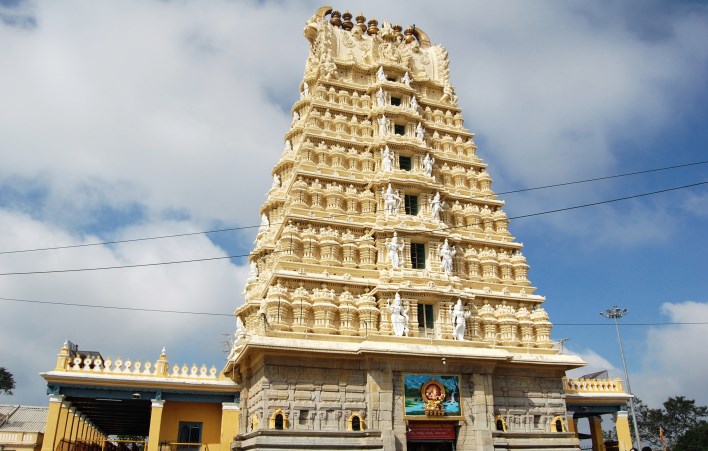 Also called the Chamundi Temple was built during the 12th Century by Hoysala rulers and renovated by Vijayanagar Kings during the 17th century. It is dedicated to the Goddess Chamundeshwari (Chamundi), deity of the Mysore Royal Family. Built in the Dravidian style of architecture, Chamundeswari Temple has a quadrangular structure, with an impressive seven-tier tower called “gopuram” or “gopura” and an equally grand entrance which is known as “dwara”. Its majestic presence including the silver gates provide a glimpse into the royal past.
Also called the Chamundi Temple was built during the 12th Century by Hoysala rulers and renovated by Vijayanagar Kings during the 17th century. It is dedicated to the Goddess Chamundeshwari (Chamundi), deity of the Mysore Royal Family. Built in the Dravidian style of architecture, Chamundeswari Temple has a quadrangular structure, with an impressive seven-tier tower called “gopuram” or “gopura” and an equally grand entrance which is known as “dwara”. Its majestic presence including the silver gates provide a glimpse into the royal past. -
Devaraja Market (Mysore)
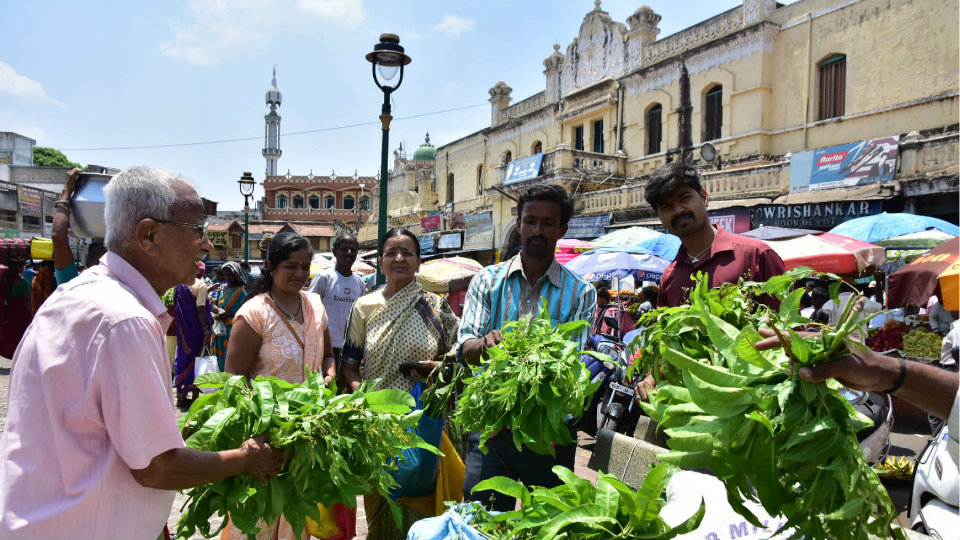 This market dates back to the reign of Tipu Sultan in the 18th century and was a small weekly market where fresh vegetables and fruits were probably the most traded items. Today, the market has expanded with over 800 shops and is spread over 3 acres of land. Fruit is sold in the northern section of the market. Bananas are the most popular fruit sold in the market with more than 40 different varieties to choose from. Vegetable shops dominate the southern section.
This market dates back to the reign of Tipu Sultan in the 18th century and was a small weekly market where fresh vegetables and fruits were probably the most traded items. Today, the market has expanded with over 800 shops and is spread over 3 acres of land. Fruit is sold in the northern section of the market. Bananas are the most popular fruit sold in the market with more than 40 different varieties to choose from. Vegetable shops dominate the southern section. -
Government Silk Weaving Factory (Mysore)
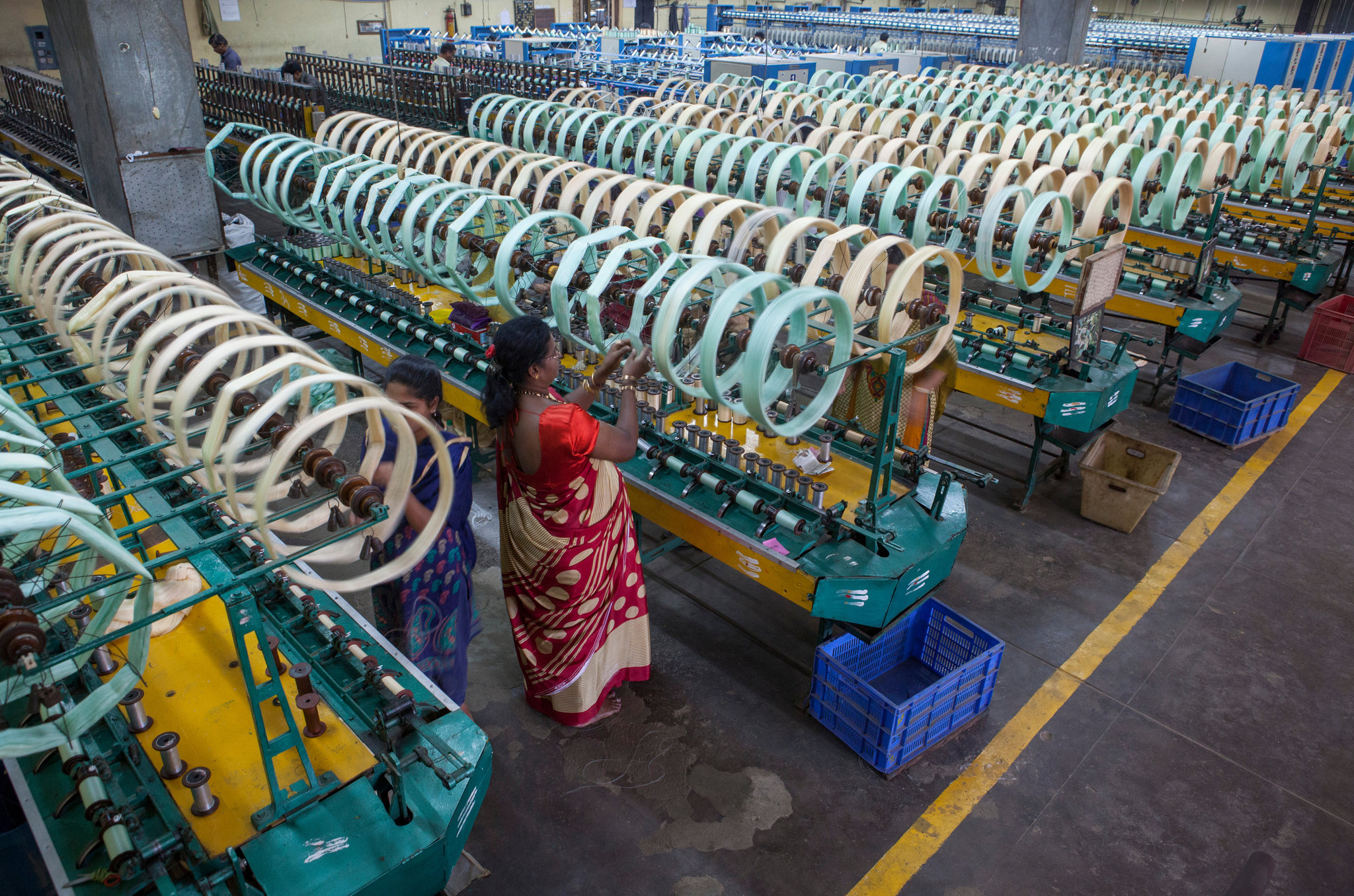 In 1912 Maharaja Krishnaraja Wodeyar IV set up the Mysore Silk Weaving factory to revolutionise the industrial production of Mysore Silk. Visitors to the factory are taken through the full process of silk production, from the reeling of cocoon to the weaving of silk fabric. Popular clothing items produced at the factory include saris, a range of ethnic wear and other clothing selection. Tailor-made items to customers is also offered at the factory.
In 1912 Maharaja Krishnaraja Wodeyar IV set up the Mysore Silk Weaving factory to revolutionise the industrial production of Mysore Silk. Visitors to the factory are taken through the full process of silk production, from the reeling of cocoon to the weaving of silk fabric. Popular clothing items produced at the factory include saris, a range of ethnic wear and other clothing selection. Tailor-made items to customers is also offered at the factory. -
Folklore Museum (Mysore)
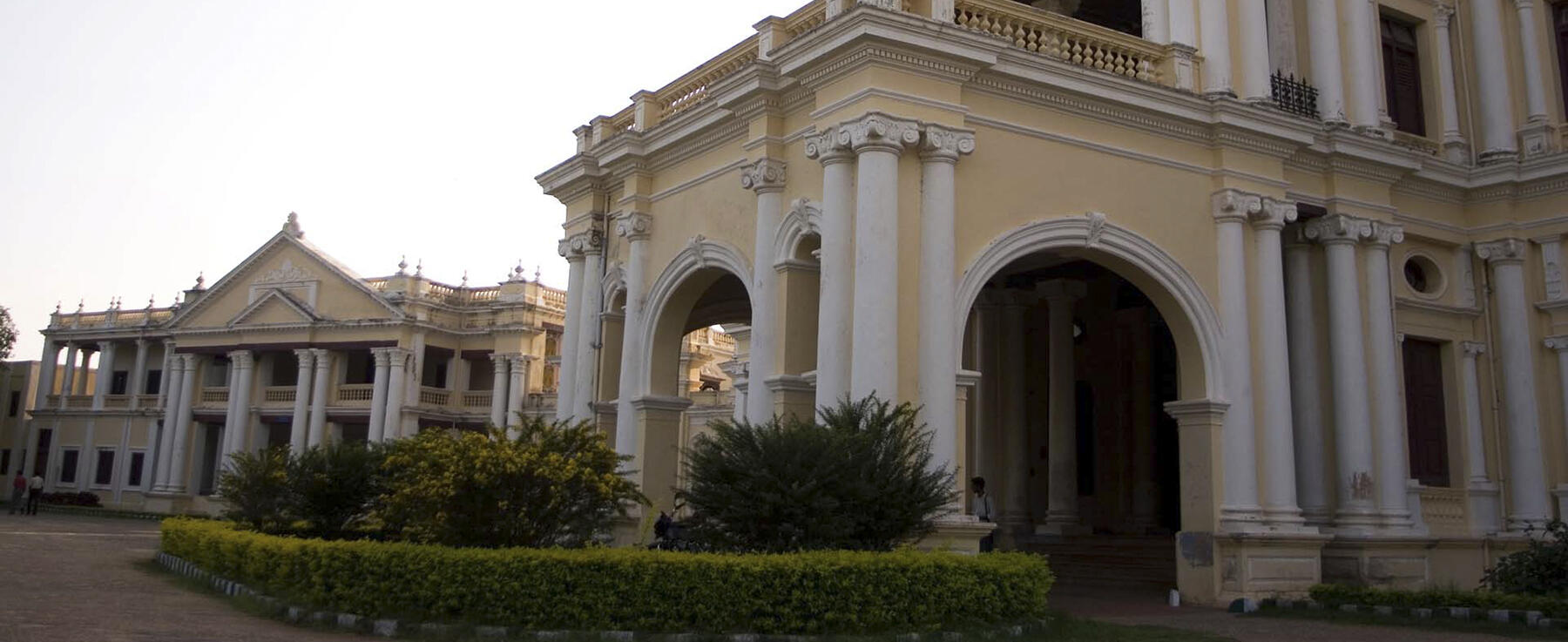 Founded in 1968, the Folklore Museum in Mysore hosts a collection of arts and crafts that represents the culture of the state of Karnataka in a microcosmic form. It exhibits not only various items of folklore, but also elements of dance, drama and music. Over 6,500 unique folklore exhibits are on display in the Folklore Museum. The museum gallery is divided into wings-Folklore, large dolls, literature and art.
Founded in 1968, the Folklore Museum in Mysore hosts a collection of arts and crafts that represents the culture of the state of Karnataka in a microcosmic form. It exhibits not only various items of folklore, but also elements of dance, drama and music. Over 6,500 unique folklore exhibits are on display in the Folklore Museum. The museum gallery is divided into wings-Folklore, large dolls, literature and art. -
Mysore Palace (Mysore)
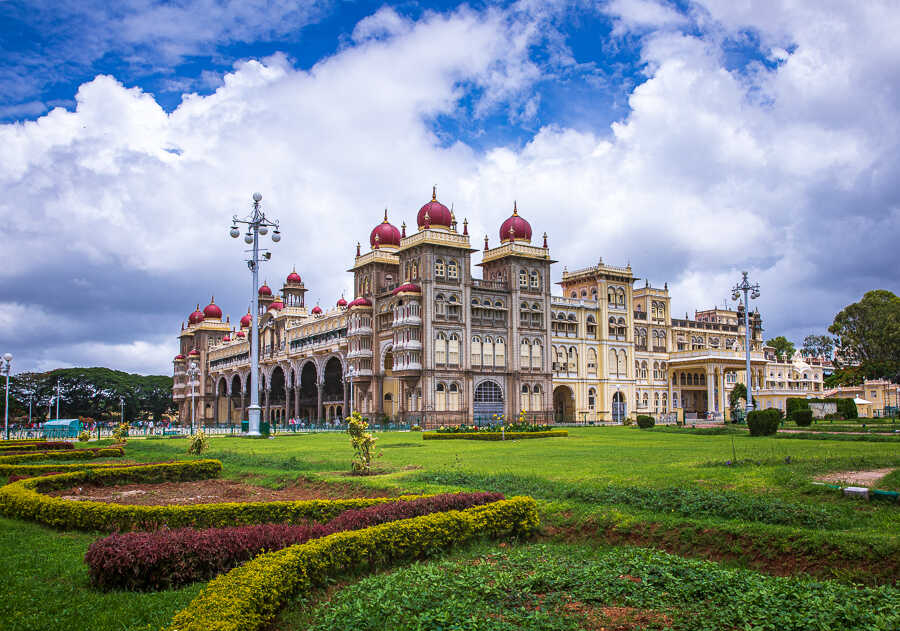 Also known as Amba Vilas Palace, the Mysore Palace was the Wodeyar Maharaja's majestic residence. Mysore Palace is located in the central region of inner Mysore, facing the Chamundi Hills eastward. It is one of the largest palaces in the country and a magnificent sight not to be missed when it is illuminated on Sundays and festive occasions. The interior of the Palace is home to spacious halls, paintings and architectural beauty, that reflects an admirable combination of Indo-Saracenic architecture. The palace houses two durbar halls (ceremonial meeting halls of the royal court) and incorporates a mesmerizing and large array of courtyards, gardens and buildings. The palace is now converted into a museum that treasures souvenirs, paintings, jewellery, royal costumes and other items, which were once possessed by the Wodeyars.
Also known as Amba Vilas Palace, the Mysore Palace was the Wodeyar Maharaja's majestic residence. Mysore Palace is located in the central region of inner Mysore, facing the Chamundi Hills eastward. It is one of the largest palaces in the country and a magnificent sight not to be missed when it is illuminated on Sundays and festive occasions. The interior of the Palace is home to spacious halls, paintings and architectural beauty, that reflects an admirable combination of Indo-Saracenic architecture. The palace houses two durbar halls (ceremonial meeting halls of the royal court) and incorporates a mesmerizing and large array of courtyards, gardens and buildings. The palace is now converted into a museum that treasures souvenirs, paintings, jewellery, royal costumes and other items, which were once possessed by the Wodeyars. -
Bandipur National Park (Bandipur)
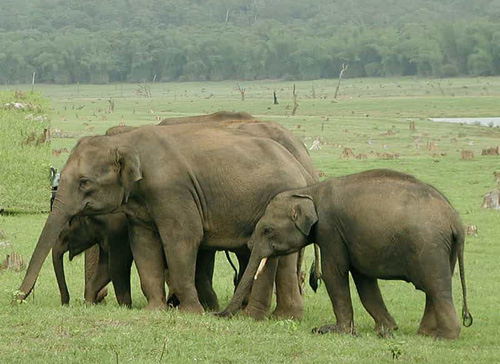 Located in Karnataka, Bandipur National Park is known for its scenic beauty. Established in 1974 as a tiger reserve under “Project Tiger”, it was once the Mysore Maharaja’s private hunting reserve. It is home to approximately 70 tigers and over 3000 Asian elephants, including other animals like leopards, dhole, gaur, sloth bears and a variety of birdlife. The park spans over 874 square km with Gopalaswami Betta the highest peak in the Bandipur range. Bandipur National Park along with Mudumalai National Park, Wayanad National Park and Nagarhole National Park form the Nilgiri biosphere reserve.
Located in Karnataka, Bandipur National Park is known for its scenic beauty. Established in 1974 as a tiger reserve under “Project Tiger”, it was once the Mysore Maharaja’s private hunting reserve. It is home to approximately 70 tigers and over 3000 Asian elephants, including other animals like leopards, dhole, gaur, sloth bears and a variety of birdlife. The park spans over 874 square km with Gopalaswami Betta the highest peak in the Bandipur range. Bandipur National Park along with Mudumalai National Park, Wayanad National Park and Nagarhole National Park form the Nilgiri biosphere reserve. -
Ancient City of The Vijaynagar (Hampi)
 The ancient city of Vijayanagara is one of the great cities of its time in the world. The Vijayanagar Dynasty and its Empire was founded in 1336 in the Deccan Plateau area of South India (now known as Karnataka). Established by two brothers, Vijayanagar became one of the greatest empires of South India. It was created as a fortress-like city, complete with hundreds of religious structures, as the people of Hampi dedicated their daily life around religious devotion. Natural resources such as fertile soil for farming, rich iron deposits and natural outlying fortress sites, contributed to the creation of a highly developed civilization, protected by the military mighty of the empire.
The ancient city of Vijayanagara is one of the great cities of its time in the world. The Vijayanagar Dynasty and its Empire was founded in 1336 in the Deccan Plateau area of South India (now known as Karnataka). Established by two brothers, Vijayanagar became one of the greatest empires of South India. It was created as a fortress-like city, complete with hundreds of religious structures, as the people of Hampi dedicated their daily life around religious devotion. Natural resources such as fertile soil for farming, rich iron deposits and natural outlying fortress sites, contributed to the creation of a highly developed civilization, protected by the military mighty of the empire.
STATE OF KERALA
-
fort kochi (Cochin)
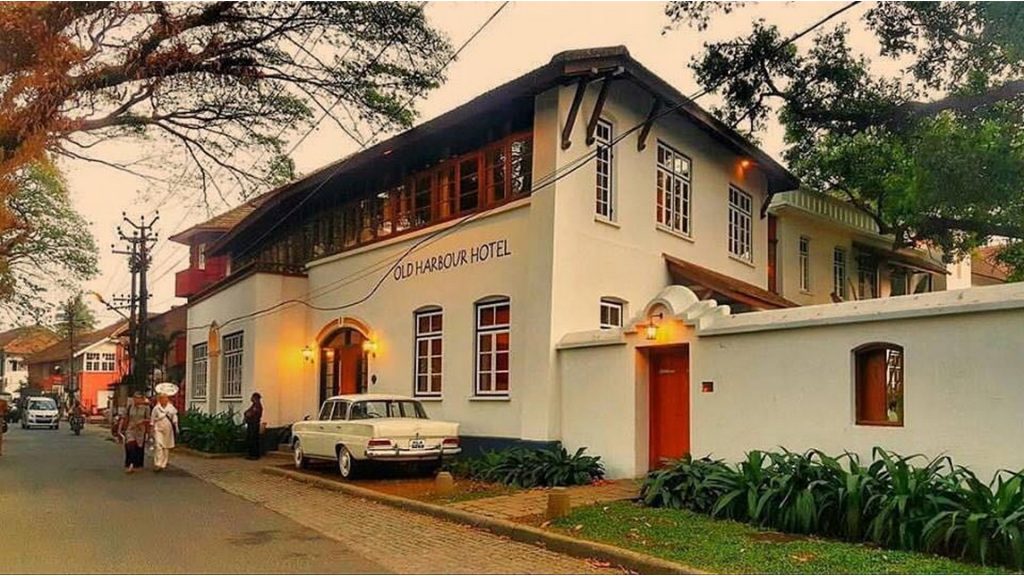 Fort Kochi is a beach town with an intriguing mix of Portuguese, Dutch and British colonial architecture. There are many iconic places to explore within the Fort: The Chinese fishing nets are one of the most iconic places to visit in Fort Kochi. The original Chinese fishing nets were introduced to Kochi by Chinese explorers over 500 years ago. St Francis Church in Fort Kochi is one of the oldest European Churches in India, dating back to the early 1500s when the Portuguese colonised Fort Kochi. The church has a spectacular faded facade, and is topped with a small bell tower. The Dutch Cemetery in Fort Kochi is the oldest Dutch cemetery in India. Fort Kochi passed through several colonial hands over the years, starting with the Portuguese in the early 1500s, before being captured by the Dutch in the mid-1600s and then the British in the late 1700s.
Fort Kochi is a beach town with an intriguing mix of Portuguese, Dutch and British colonial architecture. There are many iconic places to explore within the Fort: The Chinese fishing nets are one of the most iconic places to visit in Fort Kochi. The original Chinese fishing nets were introduced to Kochi by Chinese explorers over 500 years ago. St Francis Church in Fort Kochi is one of the oldest European Churches in India, dating back to the early 1500s when the Portuguese colonised Fort Kochi. The church has a spectacular faded facade, and is topped with a small bell tower. The Dutch Cemetery in Fort Kochi is the oldest Dutch cemetery in India. Fort Kochi passed through several colonial hands over the years, starting with the Portuguese in the early 1500s, before being captured by the Dutch in the mid-1600s and then the British in the late 1700s. -
Matancherry Jew Town (Cochin)
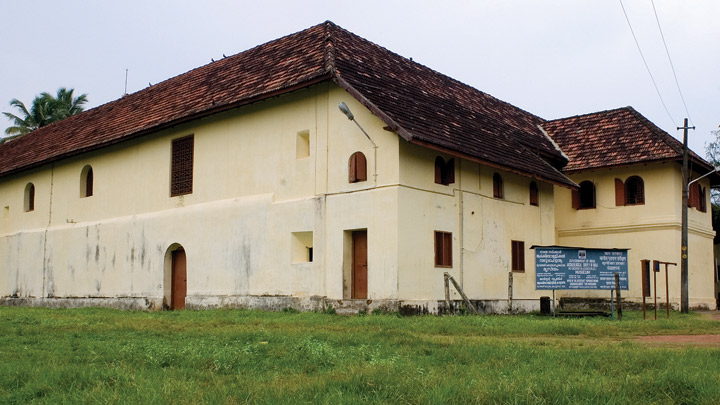 Jew Town is a historic Jewish area in Mattancherry, Kochi. While Cochin once had a large and thriving Jewish community with around a few thousand Paradesi (foreign) Jews, there’s only a small handful of Paradesi Jews remaining in Kochi today. Jew Town is lined with shops selling antiques, trinkets, arts and intoxicating spices. At the end of Jew Town, you’ll find the Paradesi Synagogue, which was built in 1568 and is the oldest remaining synagogue in the British Commonwealth. A highlight of the synagogue is the beautiful Chinese porcelain tiles that adorn the floor. Mattancherry Palace is an imposing palace built in the Kerala style with colonial influences. Despite being known as the “Dutch Palace”, the Palace was in fact built by the Portuguese in the mid-16th century. Mattancherry Palace was then renovated by the Dutch in the 17th century, and became known as the Dutch Palace.
Jew Town is a historic Jewish area in Mattancherry, Kochi. While Cochin once had a large and thriving Jewish community with around a few thousand Paradesi (foreign) Jews, there’s only a small handful of Paradesi Jews remaining in Kochi today. Jew Town is lined with shops selling antiques, trinkets, arts and intoxicating spices. At the end of Jew Town, you’ll find the Paradesi Synagogue, which was built in 1568 and is the oldest remaining synagogue in the British Commonwealth. A highlight of the synagogue is the beautiful Chinese porcelain tiles that adorn the floor. Mattancherry Palace is an imposing palace built in the Kerala style with colonial influences. Despite being known as the “Dutch Palace”, the Palace was in fact built by the Portuguese in the mid-16th century. Mattancherry Palace was then renovated by the Dutch in the 17th century, and became known as the Dutch Palace. -
house boat ride (Allepey)
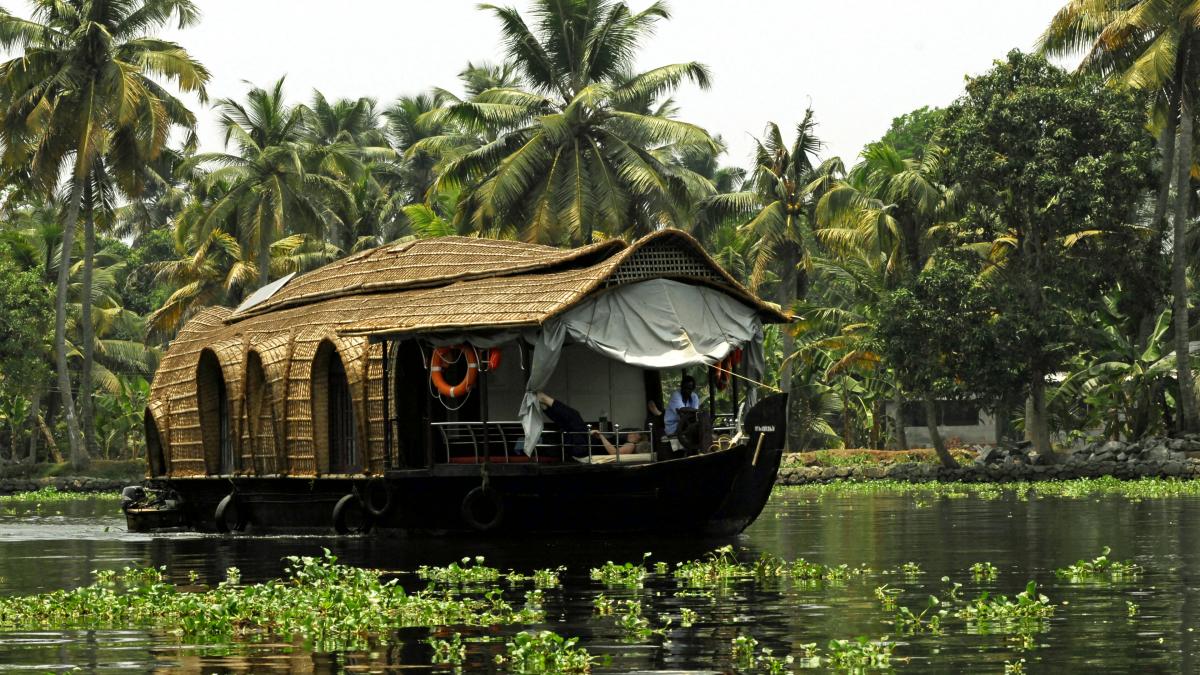 A houseboat ride in the backwaters of Kerala is a relaxing experience that engages all five senses. The unhurried pace of the traditional houseboats (also known as Kettuvallams) allows you to relax and soak in the surroundings. The Kettuvallams were first built in Southwestern India around 3,000 B.C.E. and were used for the transportation of merchandise such as rice and spices as well as passengers. For overnight stays, houseboats have comfortable rooms equipped with television, sometimes even Wi-Fi and a dining area to enjoy your meals.
A houseboat ride in the backwaters of Kerala is a relaxing experience that engages all five senses. The unhurried pace of the traditional houseboats (also known as Kettuvallams) allows you to relax and soak in the surroundings. The Kettuvallams were first built in Southwestern India around 3,000 B.C.E. and were used for the transportation of merchandise such as rice and spices as well as passengers. For overnight stays, houseboats have comfortable rooms equipped with television, sometimes even Wi-Fi and a dining area to enjoy your meals. -
periyar national park trekking and border hiking (Thekkady)
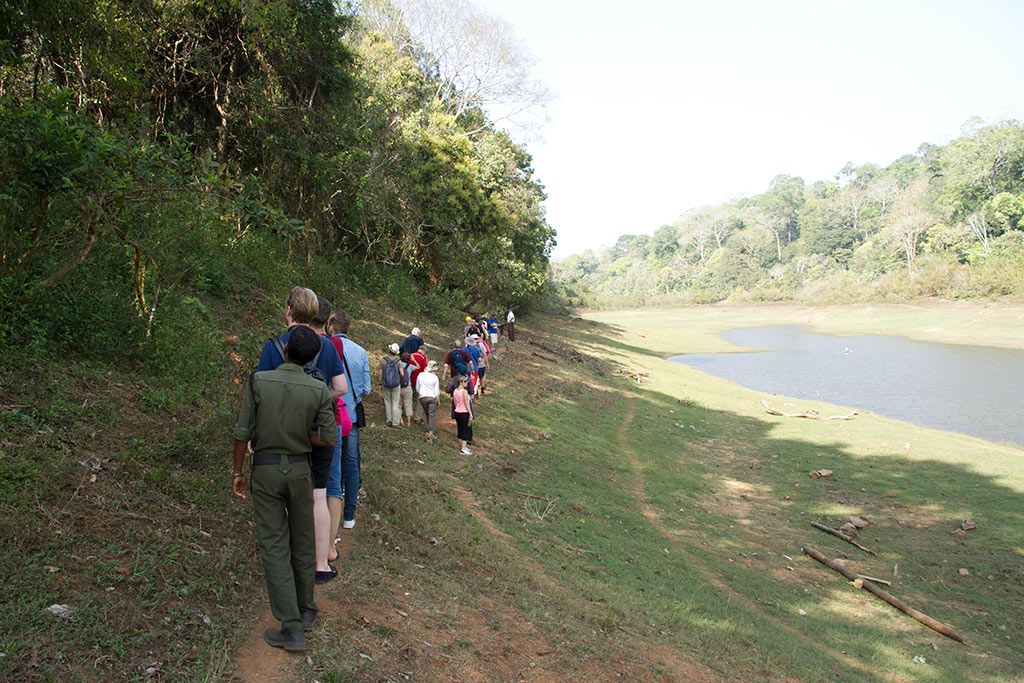 A guided trek or border hiking are great ways to truly explore the Periyar National Park. The treks are interactive and offer excellent opportunities to watch birds, butterflies and other wildlife. All treks are conducted by a tribal guide and accompanied by armed forest guards. The treks are usually 4km to 5km, lasting approximately 3 hours while the border hiking is day-long lasting from morning to dusk. With border hiking, trekkers will cover approximately 15 kms, with an altitude range of 900m to 1300m. For the more adventurous at heart, Jungle scout night time trekking is a unique program where you scout as a volunteer along with the regular jungle border protection squad. The visitors may encounter wild animals in the night.
A guided trek or border hiking are great ways to truly explore the Periyar National Park. The treks are interactive and offer excellent opportunities to watch birds, butterflies and other wildlife. All treks are conducted by a tribal guide and accompanied by armed forest guards. The treks are usually 4km to 5km, lasting approximately 3 hours while the border hiking is day-long lasting from morning to dusk. With border hiking, trekkers will cover approximately 15 kms, with an altitude range of 900m to 1300m. For the more adventurous at heart, Jungle scout night time trekking is a unique program where you scout as a volunteer along with the regular jungle border protection squad. The visitors may encounter wild animals in the night. -
periyar national park boat ride (Thekkady)
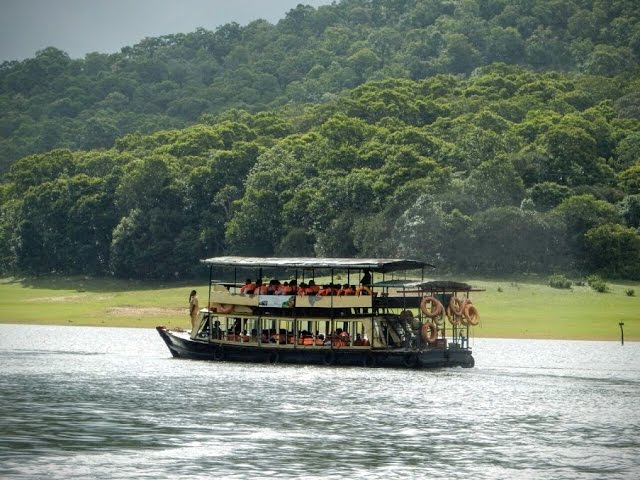 A two-hour boating trip on the man-made lake near the Periyar National Park, is a relaxing way to enjoy the wildlife from a distance. Some of the common sights include herd of elephants, a wandering family of deer, herds of Gaur, Sambar and wild boars in the grasslands adjacent to the shores. During the months of March and April, there is a better chance of viewing wildlife as the animals come to the lake frequently for drinking water. The famous tigers also live within the forest, however it is a rare sight to spot from the boat ride.
A two-hour boating trip on the man-made lake near the Periyar National Park, is a relaxing way to enjoy the wildlife from a distance. Some of the common sights include herd of elephants, a wandering family of deer, herds of Gaur, Sambar and wild boars in the grasslands adjacent to the shores. During the months of March and April, there is a better chance of viewing wildlife as the animals come to the lake frequently for drinking water. The famous tigers also live within the forest, however it is a rare sight to spot from the boat ride. -
sweet mart street (kozhikode)
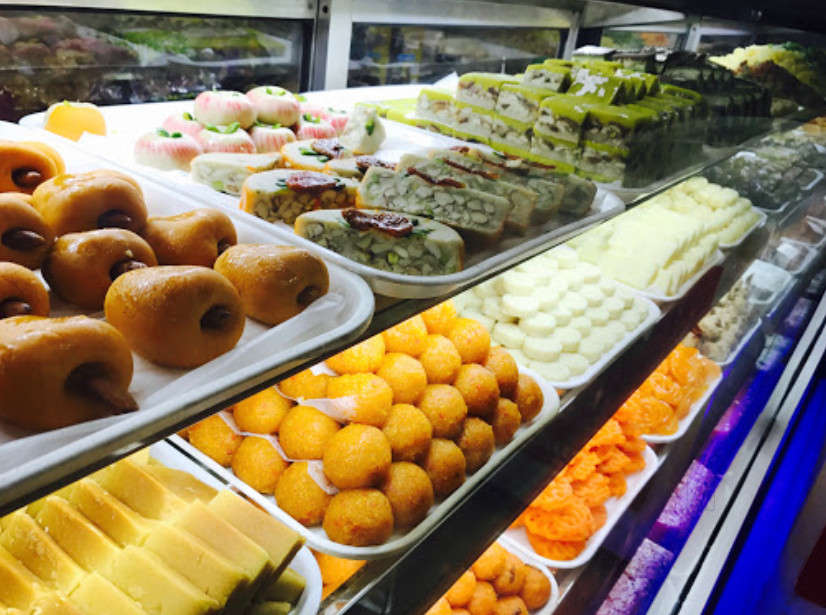 In Kozhikode district, one can find that the legendary Sweet Mart Street (also known as the Mithai Theruvu to the locals). Approximately 600 years old, the street is named after the plentiful stalls lined up with sweet, savoury and other delicacies. A popular hangout for locals and tourists alike makes it among the busiest streets in the entire district. Amongst the most famous was the Kozhikkodan Halwa (also known Sweet Meat). Parsi Anju Amman Baug, Kerala’s only Parsi fire temple is also located in this street. The temple is believed to have been established approximately 200 years ago.
In Kozhikode district, one can find that the legendary Sweet Mart Street (also known as the Mithai Theruvu to the locals). Approximately 600 years old, the street is named after the plentiful stalls lined up with sweet, savoury and other delicacies. A popular hangout for locals and tourists alike makes it among the busiest streets in the entire district. Amongst the most famous was the Kozhikkodan Halwa (also known Sweet Meat). Parsi Anju Amman Baug, Kerala’s only Parsi fire temple is also located in this street. The temple is believed to have been established approximately 200 years ago. -
mishkal mosque (kozhikode)
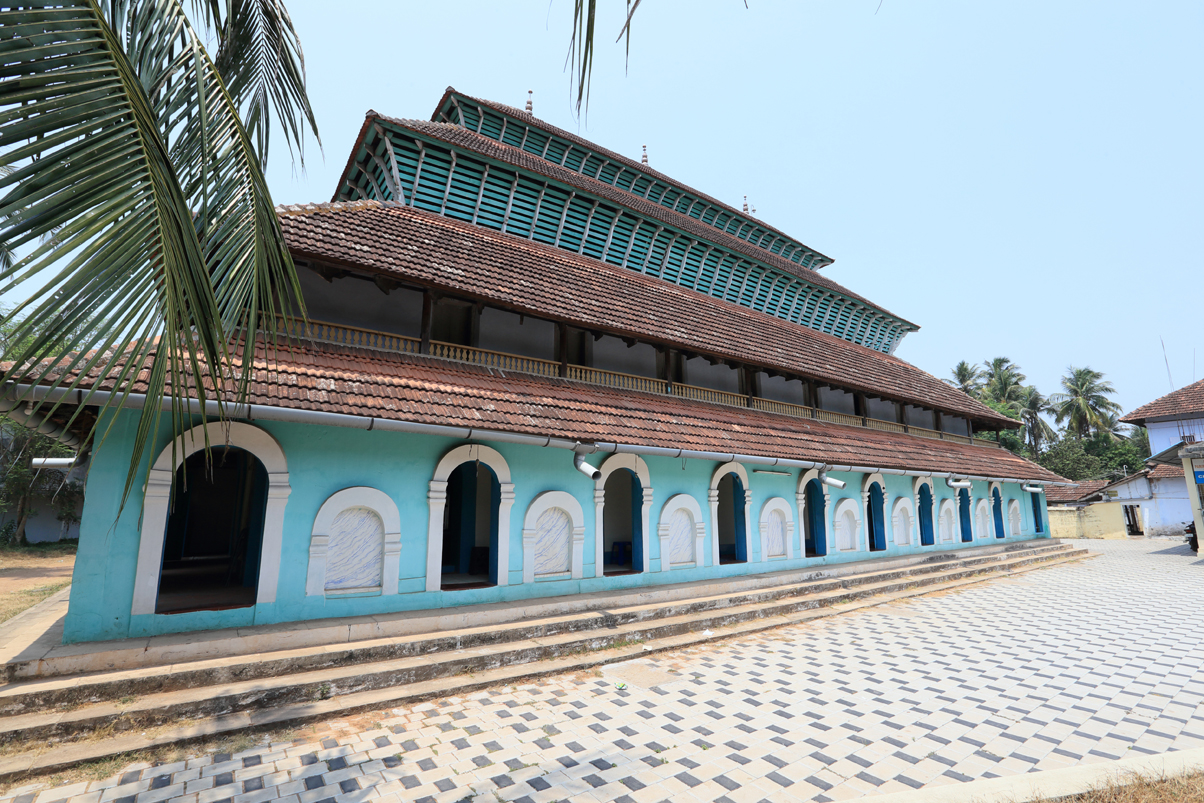 This ancient structure truly represents the architectural beauty of Kerala in its simple design and form. Mishkal Palli Mosque is a famous mosque located in Malabar region of Kerala and was constructed by an Arab ship owner and merchant, Nakhooda Mishkal, in the 14th century. It has four storeys that are supported by pillars of wood. In 1510, some parts of this mosque were burnt down by the Portuguese Naval Force, but it was soon renovated to revive its original glory.
This ancient structure truly represents the architectural beauty of Kerala in its simple design and form. Mishkal Palli Mosque is a famous mosque located in Malabar region of Kerala and was constructed by an Arab ship owner and merchant, Nakhooda Mishkal, in the 14th century. It has four storeys that are supported by pillars of wood. In 1510, some parts of this mosque were burnt down by the Portuguese Naval Force, but it was soon renovated to revive its original glory. -
beypore beach and sea bridge (Kozhikode)
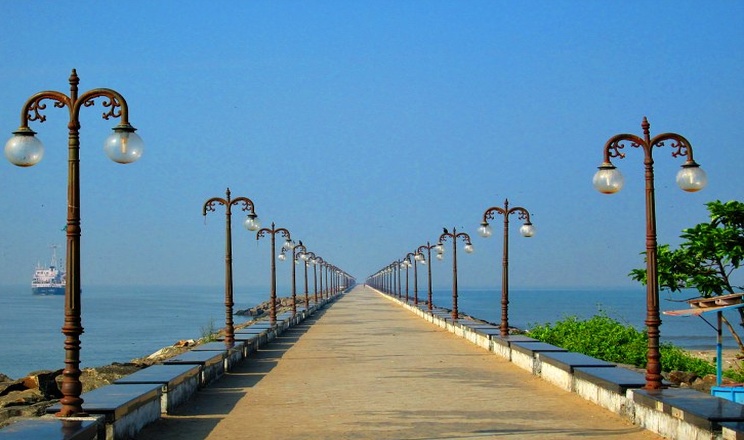 Beypore beach is located at the mouth of Chaliyar river, scenically sprinkled with silhouettes of fishing boats and a stone path. It holds importance throughout history as it was famous for its shipbuilding yard that is over 1500 years old. It is believed that India traded efficiently during these years with the Arabs, the Chinese and the Europeans. Beypore was also one of the most important fishing harbours in Kerala. The 1-kilometre promenade at the scenic Beypore beach stretches between the sea and the river. An evening stroll here is a relaxing experience!
Beypore beach is located at the mouth of Chaliyar river, scenically sprinkled with silhouettes of fishing boats and a stone path. It holds importance throughout history as it was famous for its shipbuilding yard that is over 1500 years old. It is believed that India traded efficiently during these years with the Arabs, the Chinese and the Europeans. Beypore was also one of the most important fishing harbours in Kerala. The 1-kilometre promenade at the scenic Beypore beach stretches between the sea and the river. An evening stroll here is a relaxing experience!
STATE OF TAMIL NADU
-
Fort St George (Chennai)
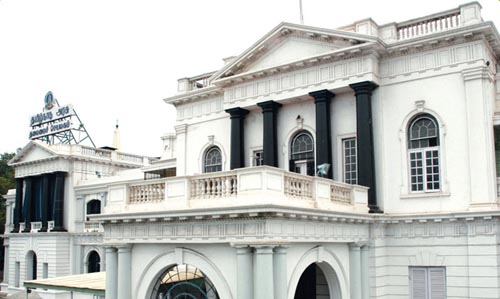 Built in 1640, Fort St. George is the first fortress built by the English in India. Currently the headquarters of the Tamil Nadu government, it is surrounded by famous heritage buildings such as the ancient St Mary’s Church, a museum (containing antiques and artefacts from British Rule) and the Wellesley House (paintings of the Fort Governor). The surrounding area is known as Georgetown and is home to numerous wholesale markets such as Burma Bazaar.
Built in 1640, Fort St. George is the first fortress built by the English in India. Currently the headquarters of the Tamil Nadu government, it is surrounded by famous heritage buildings such as the ancient St Mary’s Church, a museum (containing antiques and artefacts from British Rule) and the Wellesley House (paintings of the Fort Governor). The surrounding area is known as Georgetown and is home to numerous wholesale markets such as Burma Bazaar. -
Shore Temple (Mahabalipuram)
 One of the oldest structural stone temples in the world, it was recognised as a UNESCO World Heritage Site in 1984. It is one of the seven Pagodas to still exist by surviving the ravages of time. Six of the initial temples are now submerged in the sea. The creation of this structural masterpiece is credited to the King Narasimha Varman II of the Pallava Dynasty who was also known as Mamallan. He initiated construction work on the Cave temples approximately mid-7th century.
One of the oldest structural stone temples in the world, it was recognised as a UNESCO World Heritage Site in 1984. It is one of the seven Pagodas to still exist by surviving the ravages of time. Six of the initial temples are now submerged in the sea. The creation of this structural masterpiece is credited to the King Narasimha Varman II of the Pallava Dynasty who was also known as Mamallan. He initiated construction work on the Cave temples approximately mid-7th century. -
Arjuna Penance (Mahabalipuram)
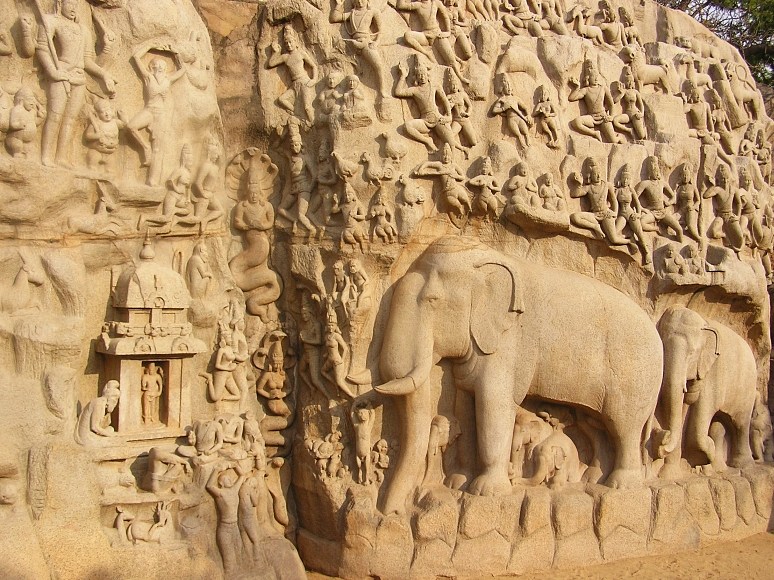 This stonework masterpiece which was carved from granite rock boulders, is considered one of India’s greatest ancient artworks. The gigantic structure stands at a height of 43 feet and a length of approximately 96 feet. Built by the Pallava King Narasimha Varma in the 7th Century, its work of art needs to be seen in person to truly appreciate the enormity and beauty.
This stonework masterpiece which was carved from granite rock boulders, is considered one of India’s greatest ancient artworks. The gigantic structure stands at a height of 43 feet and a length of approximately 96 feet. Built by the Pallava King Narasimha Varma in the 7th Century, its work of art needs to be seen in person to truly appreciate the enormity and beauty. -
Auroville (Pondicherry)
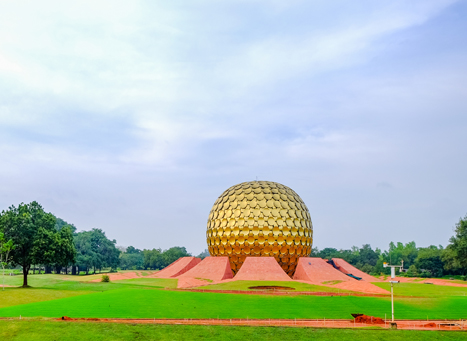 One of the most popular attractions of Pondicherry is the picturesque town of Auroville. It is a complex of experimental settlement where people from different religions, nationalities, beliefs and cultures live together harmoniously. Founded by Parisian mystic - Mira Alfassa in the year 1968 and designed by Roger Anger - a famous French architect, it is beautifully set amidst forest and beach areas. The Matrimandir is the most prominent landmark within Auroville and it is located in the centre of the township. The Mandir is a dedicated meditation and concentration and visitors can pre-book passes to get up to the dedicated viewing area, which provides a great vantage point for getting a close look at the structure.
One of the most popular attractions of Pondicherry is the picturesque town of Auroville. It is a complex of experimental settlement where people from different religions, nationalities, beliefs and cultures live together harmoniously. Founded by Parisian mystic - Mira Alfassa in the year 1968 and designed by Roger Anger - a famous French architect, it is beautifully set amidst forest and beach areas. The Matrimandir is the most prominent landmark within Auroville and it is located in the centre of the township. The Mandir is a dedicated meditation and concentration and visitors can pre-book passes to get up to the dedicated viewing area, which provides a great vantage point for getting a close look at the structure. -
Cluny Embroidery Center (Pondicherry)
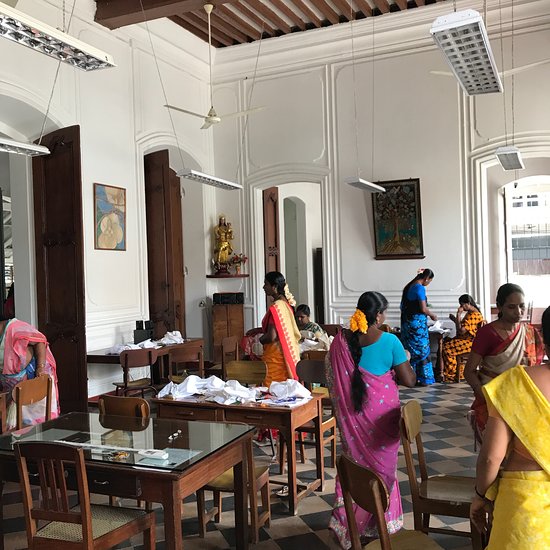 An inspiring initiative by a local convent, the centre provides opportunities to orphaned girls and underprivileged women to make a living. These talented ladies are masters in the art of needlework to create delicate and beautiful designs that come to life in lace and linen. There is plenty of items that can be purchased to support the wonderful initiative including tablecloths, napkins and wall hangings, each making a meaningful souvenir.
An inspiring initiative by a local convent, the centre provides opportunities to orphaned girls and underprivileged women to make a living. These talented ladies are masters in the art of needlework to create delicate and beautiful designs that come to life in lace and linen. There is plenty of items that can be purchased to support the wonderful initiative including tablecloths, napkins and wall hangings, each making a meaningful souvenir. -
Kallani Dam (Trichy)
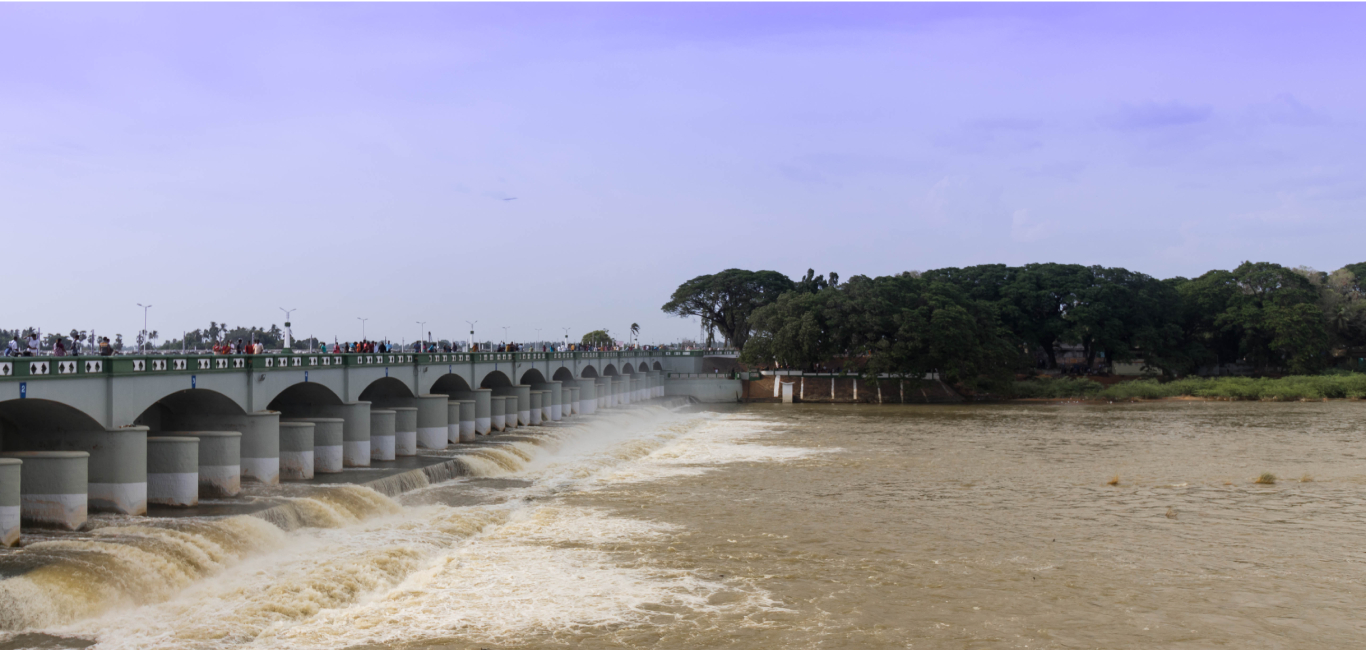 Kallanai Dam, also known as the Grand Anicut is one of the oldest water-regulator structures in the world which is still in use today. Built around 2,000 years ago across the Cauveri River in Tiruchirapalli District of Tamil Nadu, Kallanai Dam is seen as an inspiration to many modern day dams due to its amazing engineering. The sophisticated dam was originally constructed by the “Chola king Karikalan”, with the aim that the dam would divert the river to the delta districts and boost irrigation. The dam was also re-modelled by the British during the 19th century.
Kallanai Dam, also known as the Grand Anicut is one of the oldest water-regulator structures in the world which is still in use today. Built around 2,000 years ago across the Cauveri River in Tiruchirapalli District of Tamil Nadu, Kallanai Dam is seen as an inspiration to many modern day dams due to its amazing engineering. The sophisticated dam was originally constructed by the “Chola king Karikalan”, with the aim that the dam would divert the river to the delta districts and boost irrigation. The dam was also re-modelled by the British during the 19th century. -
Rock Fort Temple (Trichy)
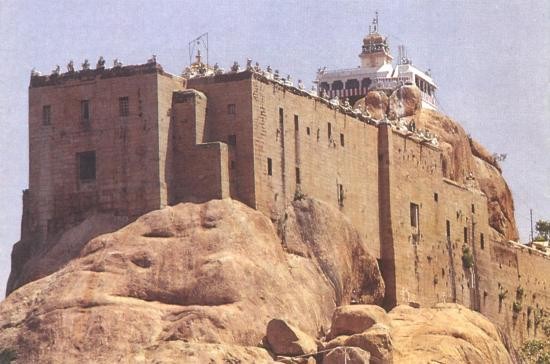 Also known as Ucchi Pillayar Koil, Rock Fort Temple was built on a large rock with a height of 85 metres. It is a combination of two sacred 7th century Hindu temples, one dedicated to Lord Ganesh and the other dedicated to Lord Shiva. Pallavas initially built the temple, however the Nayaks made use of its naturally fortified position and designed it as a fort. There are 344 steps carved out of rock leading to the top.
Also known as Ucchi Pillayar Koil, Rock Fort Temple was built on a large rock with a height of 85 metres. It is a combination of two sacred 7th century Hindu temples, one dedicated to Lord Ganesh and the other dedicated to Lord Shiva. Pallavas initially built the temple, however the Nayaks made use of its naturally fortified position and designed it as a fort. There are 344 steps carved out of rock leading to the top. -
Gandhi Museum (Madurai)
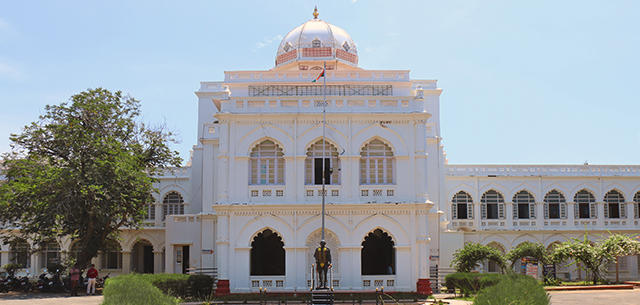 Ghandhi Museum in Madurai was created in his remembrance, after Gandhiji’s death. It is believed that Gandhi changed his dress code only after coming to Madurai and it remained the same until his final days. Originally an ancient palace of Queen Mangammal who was a part of the Nayak dynasty, the palace was converted into a museum by the Gandhi Memorial Trust. The museum is home to approximately 100 replicas and relics of artifacts about Gandhiji. The museum galleries depict the pre-independence era of his struggle for freedom. A large collection of letters written to and from Mahatma Gandhi is also on display, including British era stamps. The museum also has a bookstore with a collection of books related to Gandhi's thoughts and life. There is also an open theatre which hosts cultural programs, screening of films and meetings on Gandhiji.
Ghandhi Museum in Madurai was created in his remembrance, after Gandhiji’s death. It is believed that Gandhi changed his dress code only after coming to Madurai and it remained the same until his final days. Originally an ancient palace of Queen Mangammal who was a part of the Nayak dynasty, the palace was converted into a museum by the Gandhi Memorial Trust. The museum is home to approximately 100 replicas and relics of artifacts about Gandhiji. The museum galleries depict the pre-independence era of his struggle for freedom. A large collection of letters written to and from Mahatma Gandhi is also on display, including British era stamps. The museum also has a bookstore with a collection of books related to Gandhi's thoughts and life. There is also an open theatre which hosts cultural programs, screening of films and meetings on Gandhiji. -
Food Trail (Madurai)
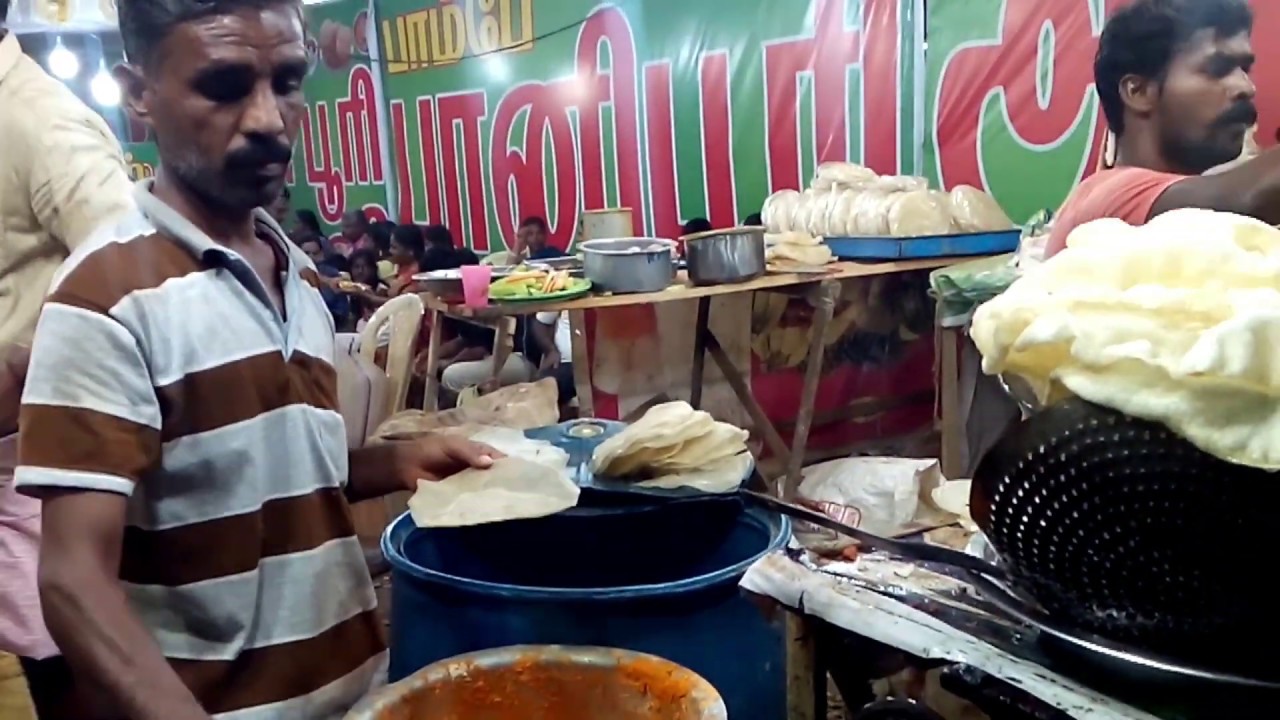 Madurai is a melting pot of ancient delicacies that have been passed down from generations. It is an absolute food lover’s paradise! Experience a food trail that is authentic and is rich in ancient flavours of Chettinad cuisine and other variety of local foods. Every mouthful of its street food is filled with interesting stories - of its people, its culture and way of life. Food stalls begin in the evenings selling favourites such as steaming idlis, egg dosas, Vadai and parottas, to name a very few.
Madurai is a melting pot of ancient delicacies that have been passed down from generations. It is an absolute food lover’s paradise! Experience a food trail that is authentic and is rich in ancient flavours of Chettinad cuisine and other variety of local foods. Every mouthful of its street food is filled with interesting stories - of its people, its culture and way of life. Food stalls begin in the evenings selling favourites such as steaming idlis, egg dosas, Vadai and parottas, to name a very few. -
Thirumalai Nayakkar Palace (Madurai)
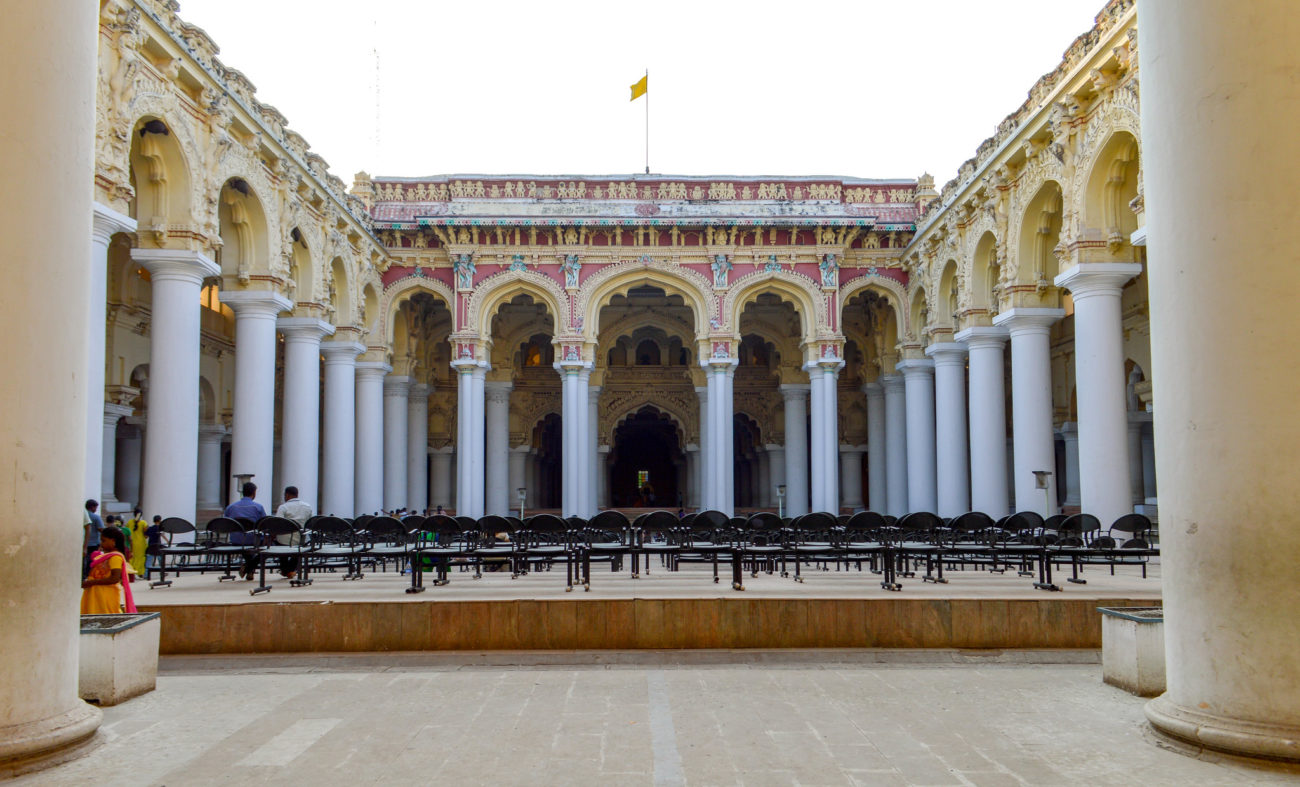 The majestic structure of Thirumalai Nayakkar Palace was built in the 17th century by Thirumalai Nayak, one of the greatest kings of Nayaks of Madurai. Thirumalai Nayakkar Palace is built with a fusion of Dravidian, Rajput, European and Mughal styles of architecture. Its exquisite interiors and enormous surroundings showcase pure luxury. The palace was originally separated into two main parts- Swarga Vilasam (Celestial Pavilion) and Ranga Vilasam. These 2 portions consisted of armoury, residence of the royalty, apartments, shrine, royal bandstand, theatre, palanquin place, a garden and a pond. Unfortunately, only parts of the main palace remain today.
The majestic structure of Thirumalai Nayakkar Palace was built in the 17th century by Thirumalai Nayak, one of the greatest kings of Nayaks of Madurai. Thirumalai Nayakkar Palace is built with a fusion of Dravidian, Rajput, European and Mughal styles of architecture. Its exquisite interiors and enormous surroundings showcase pure luxury. The palace was originally separated into two main parts- Swarga Vilasam (Celestial Pavilion) and Ranga Vilasam. These 2 portions consisted of armoury, residence of the royalty, apartments, shrine, royal bandstand, theatre, palanquin place, a garden and a pond. Unfortunately, only parts of the main palace remain today. -
Meenakshi Temple (Madurai)
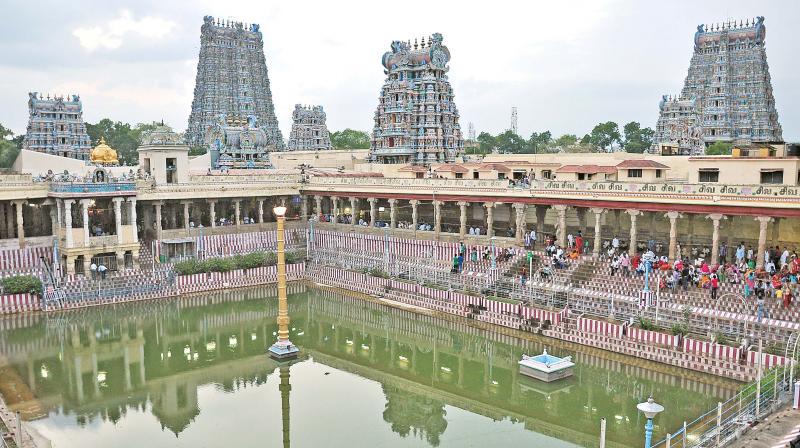 A religious and mythological symbol dating back 2,500 years, the Meenakshi Amman Temple is the heart of the ancient city of Madurai in Tamil Nadu. The temple's four main towers and entrances each face one of the four directions (north, east, south, and west) and is coveted in colourful stone figures depicting animals, gods and demons. The Southern tower is the tallest, extending approximately 52 metres in height. A masterpiece of Dravidian architecture, the Meenakshi temple has two separate shrines for the goddess Meenakshi, considered to be the manifestation of goddess Parvati and for the god Sundaresvara (Shiva). The temple also contains a 1,000 pillared hall, temple art museum, holy golden lotus tank, musical pillars, stalls selling images of the Goddess, and many smaller shrines.
A religious and mythological symbol dating back 2,500 years, the Meenakshi Amman Temple is the heart of the ancient city of Madurai in Tamil Nadu. The temple's four main towers and entrances each face one of the four directions (north, east, south, and west) and is coveted in colourful stone figures depicting animals, gods and demons. The Southern tower is the tallest, extending approximately 52 metres in height. A masterpiece of Dravidian architecture, the Meenakshi temple has two separate shrines for the goddess Meenakshi, considered to be the manifestation of goddess Parvati and for the god Sundaresvara (Shiva). The temple also contains a 1,000 pillared hall, temple art museum, holy golden lotus tank, musical pillars, stalls selling images of the Goddess, and many smaller shrines. -
Sri Lakshmi Narayani Golden Temple (Vellore)
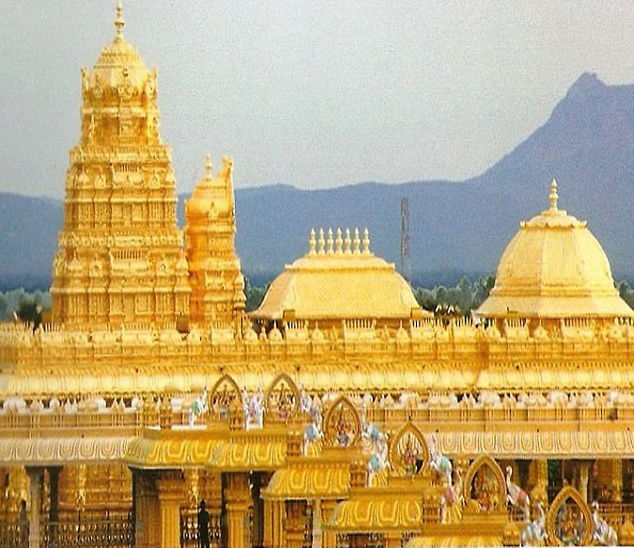 Sri Lakshmi Narayani Golden temple is located at the foothills of the Western Ghats and spans on 100 acres of land. It was built in devotion to Goddess Lakshmi, popularly known as the “Goddess of wealth”. Sri Lakshmi Narayani Golden temple was constructed by the Vellore-based charitable trust, “Sri Narayani Peedam”, headed by its spiritual leader Sri Sakthi Amma also known as “Narayani Amma”. The golden temple is covered in gold with intricate work done by artisans specialising in gold temple art.
Sri Lakshmi Narayani Golden temple is located at the foothills of the Western Ghats and spans on 100 acres of land. It was built in devotion to Goddess Lakshmi, popularly known as the “Goddess of wealth”. Sri Lakshmi Narayani Golden temple was constructed by the Vellore-based charitable trust, “Sri Narayani Peedam”, headed by its spiritual leader Sri Sakthi Amma also known as “Narayani Amma”. The golden temple is covered in gold with intricate work done by artisans specialising in gold temple art. -
Vellore Fort (Vellore)
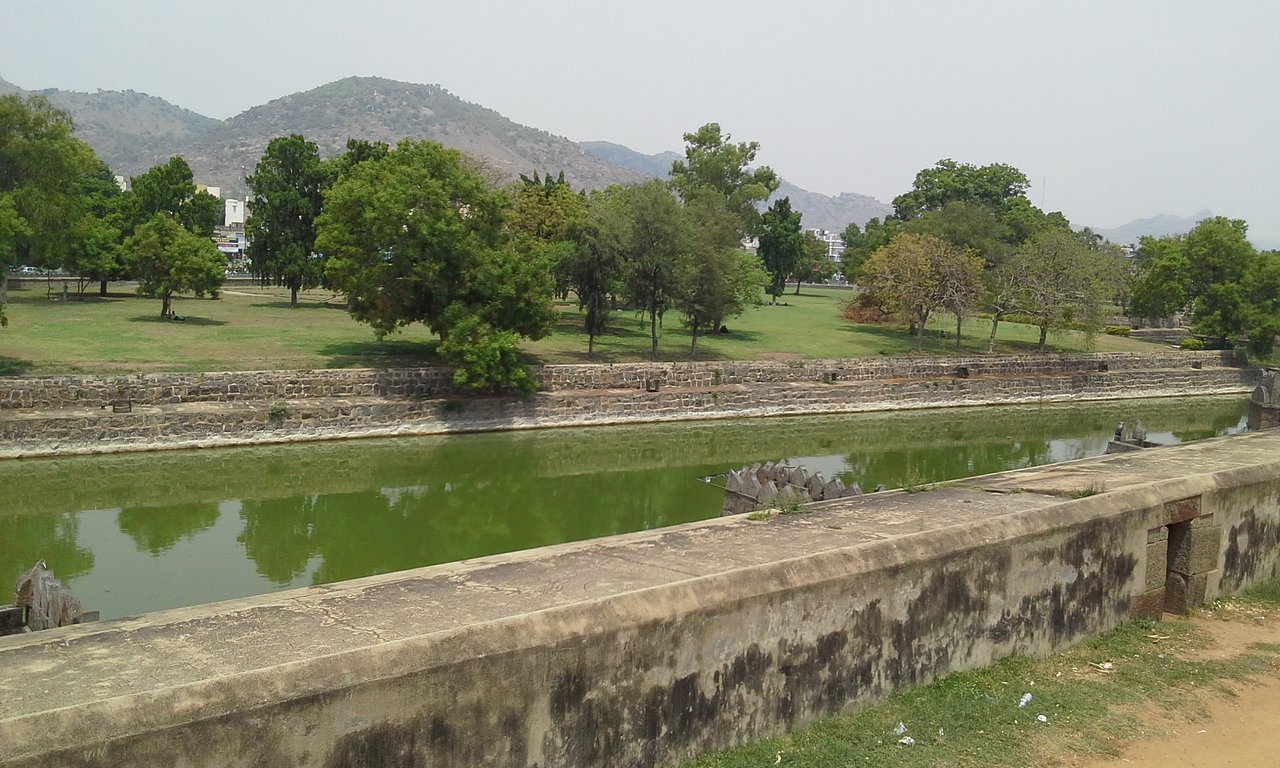 Built during 16th Century by the Vijayanagar Empire, this is an outstanding example of military architecture. The giant fort covers an area of 133 acres and high walls that stands 220 metres tall. This intriguing fort was strongly built and were guarded by water body, filled with crocodiles to make it difficult for the enemies to enter the fort. The fort consists of a temple, a mosque and a church. The fort also has a museum that has several collections from the ancient times. During the British rule, Tipu Sultan's family and the last king of Sri Lanka, Sri Vikrama Rajasinha were held as prisoners in the fort.
Built during 16th Century by the Vijayanagar Empire, this is an outstanding example of military architecture. The giant fort covers an area of 133 acres and high walls that stands 220 metres tall. This intriguing fort was strongly built and were guarded by water body, filled with crocodiles to make it difficult for the enemies to enter the fort. The fort consists of a temple, a mosque and a church. The fort also has a museum that has several collections from the ancient times. During the British rule, Tipu Sultan's family and the last king of Sri Lanka, Sri Vikrama Rajasinha were held as prisoners in the fort.
judy stretton
Four older women requested Exotic Asia Holidays to organise a two week private guided tour of Sri Lanka and then a two week guided tour of Southern India. Their service was fantastic. Great communication, they developed two encompassing …
Constance
Me and my Family (group of six) travelled through Rajasthan in India on a two-week trip beautifully organised by Exotic Asia Holidays. From start to finish, the agency was perfect; responsive, flexible and always …
Sue Gilks
My husband and I had a wonderful holiday in India that was organised by Exotic Asian Holidays. The planning was great and our travel agent in Sydney was efficient and friendly and responded to our every question. He put together a terrific …
Kathleen Connolly
We highly recommend Exotic Asia Holidays we enjoyed a 12 day tailor made trip around Kerala with our group of 5 friends. The organisation was exceptional and the pre trip information was invaluable. …
Krystie Wimalasena
Exotic Asia holidays organised our trip in Sri Lanka including driver, tour guide and accommodation. The communication with exotic Asia holidays was excellent in building our itinerary, the lead up to our trip and also during our holiday. …
Felix Johnson
The service by the team at EAH is detailed and thorough. They work very hard to plan and deliver an experience for you that really is wonderful. We used them for planning a portion of our honeymoon in Sri Lanka. While I recommend being …
Narelle Caelli
The team organized a trip to Vietnam for my family of 5. They were great to deal with and catered to all our needs. They modified the itinerary to suit my family. Every thing went to plan while overseas and the guides were very friendly, …
Carlo Capolupo
Awesome experience with Exotic Asian Holidays truly professional service and very accommodating. Stress free way to travel Asia. Very well planned itinerary options to chose from for our trip to Sri Lanka and had a great trip. Will definitely be returning
Is a visa required to visit India?
There are two ways to apply for the Indian visa.
Option 1 is the most convenient which is via government online website. Please only apply through below government website. You will need to apply for the visa at least 4 days (72 hours) prior to arrival. You can only apply for the visa within 30 days of your arrival date in India.
Please refer below website for up to date detail and further information.
E-Visa: https://indianvisaonline.gov.in/visa/tvoa.html
When you apply online, at the end of the process, you will be issued with an ETA (Electronic Travel Authority). Please ensure to take a print out of the ETA and carry with you. This will be required before you depart Australia and also when you arrive at the immigration of India. We also advise you to keep the copy with you until you have arrived in Australia.
Option 2 is to apply via local embassy/consulate in Australia.
Apply in person: http://www.vfsglobal.com/india/australia/
What is the best time to visit India?
In general, between October and early March is probably the best time to travel throughout India. However, Ladakh, Jammu & Kashmir States experience extreme cold weather during this time (Especially in the months of December/January). In Himachal (Shimla, Manali), you can experience snow between November and February.
Between mid March and June, weather in most parts of the country becomes extremely hot reaching above 40c. However, between the months of May and June, areas touching the Himalaya Range (Ladakh, Jammu & Kashmir, Himachal, Uttarakhand, Sikkim), have pleasant weather. Many locals travel up to Himachal and Sikkim to getaway from the heat for a cool break.
Months between July and September are the monsoon season in most parts of the country. Rainy season is also one of the good months to travel for different reasons. During these months country comes alive with lush greenery. Prices also come down hence you may grab a bargain. Please note some National Parks are closed during the monsoon months (July, August and September).
Depending on your requirements and depending on the distinct places you plan to visit, our friendly consultants can design an itinerary to match your requirements.
What are the key STATES in India?
India can be divided geographically into North, North West, North East, East, West, Central and South. Based on these areas, below are some of the key STATES and Union Territories.
North - Ladakh, Jammu and Kashmir, Himachal Pradesh, Punjab, Uttarakhand, Uttar Pradesh, Haryana, Delhi UT
North West - Rajasthan
North East - Arunachal Pradesh, Assam, Manipur, Meghalaya, Mizoram, Nagaland, Sikkim, Tripura
East - Bihar, Jharkhand, Odisha, West Bengal, Andaman and Nicobar Islands UT
West - Gujarat, Maharashtra, Goa UT
Central - Madhya Pradesh, Chhattisgarh
South - Telangana, Andhra Pradesh, Karnataka, Tamil Nadu, Kerala
How to exchange currency?
You can take AUD and exchange a small sum upon arrival at the airport to Indian Rupees. The exchange rate outside the airports can be slightly better hence you may decide to exchange rest whilst on tour. There are ATMs in major cities allowing you to withdraw cash however please be aware of the transaction fees. Credit cards are widely accepted in hotels however it is best to use cash when purchasing from small shops etc.
What is the electricity voltage?
India electricity operates on 230 volts and 50hz. There are 3 types of plugs (C, D and M). Plug type C has 2 round pins. Plug type D and M with 3 round pins. When buying an adopter from Australia, check if it’s compatible with types C, D and M. You can also buy an adopter when you arrive in India.
What are the accommodation standards in India?
We use quality accommodation for all our tours. At some remote locations, accommodation is limited hence we use the best available options. Star rating in India is managed by the government (Ministry of Tourism) and sometimes the star rating does not match the quality of accommodation. In these instances, we may offer a less star rating for a particular property that may not meet our standards.
What are the common airlines that fly from Australia?
One of the most common options is to fly Singapore Airlines with connections to many major airports in India with a transit in Singapore.
Qantas airways fly from the major Australian airports to either Singapore/KL and a code share transit flight to India.
Other airlines will include Malaysian Airlines with a transit in KL and Emirates with a transit in Singapore.
Air India is the only flight that flies directly from Sydney/Melbourne with a transit in Delhi to a number of domestic airports in South India.
What is the baggage allowance for domestic flights?
Please note that domestic flights only allow up to 15kg of check-in luggage per person. Therefore, be mindful of the items you pack. You can always pay extra for the excess luggage (It may cost anywhere between AUD12-AUD15 per kg). Carry on luggage limit is 7kg.
 Accredited.
Accredited.
